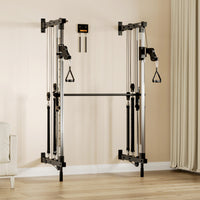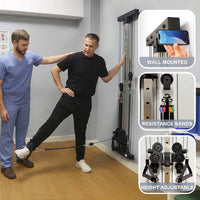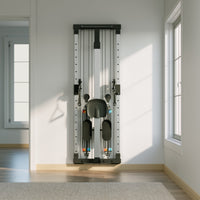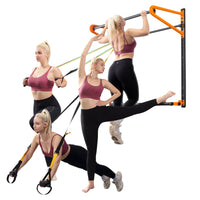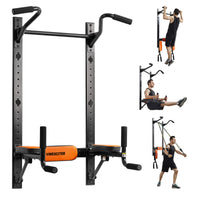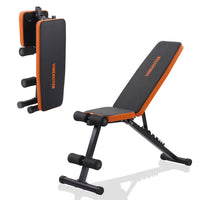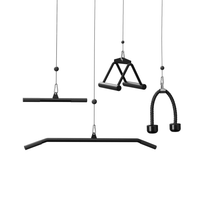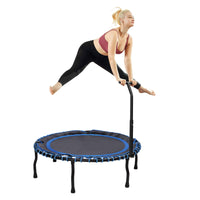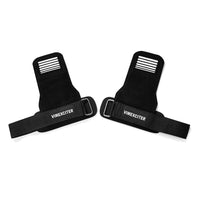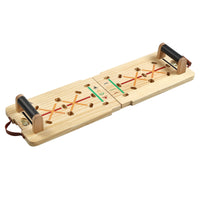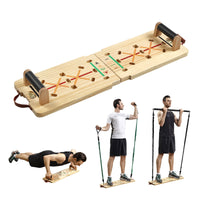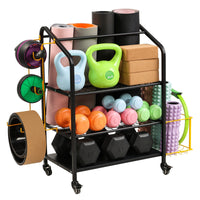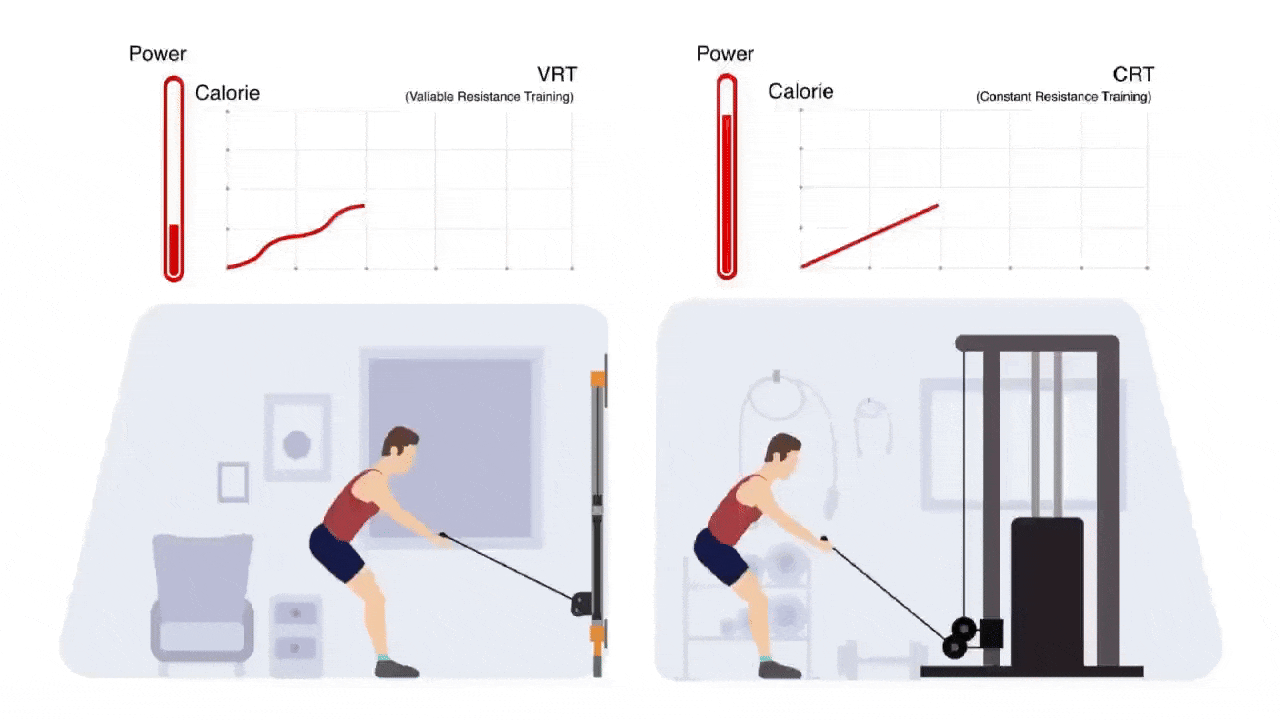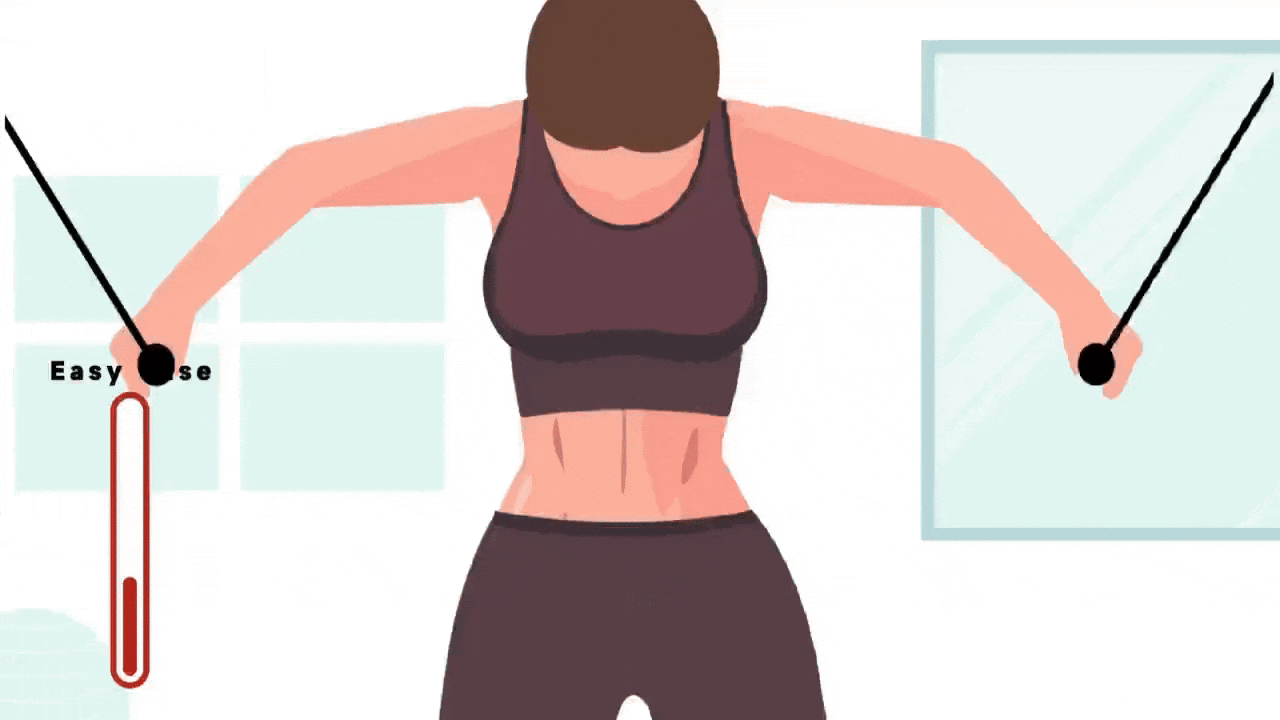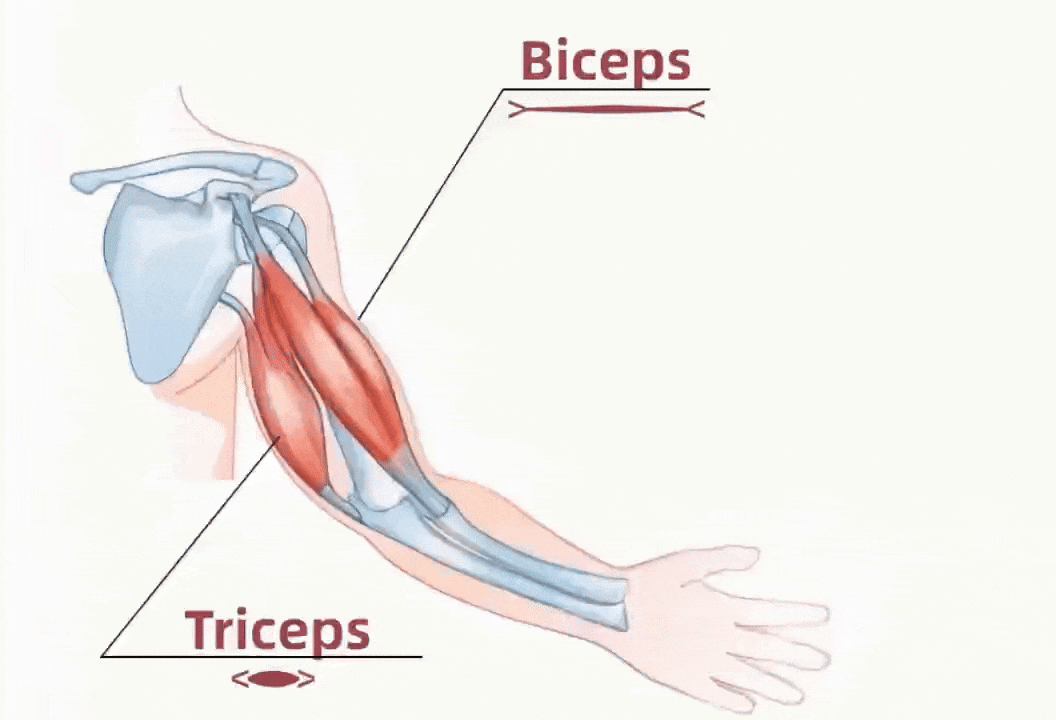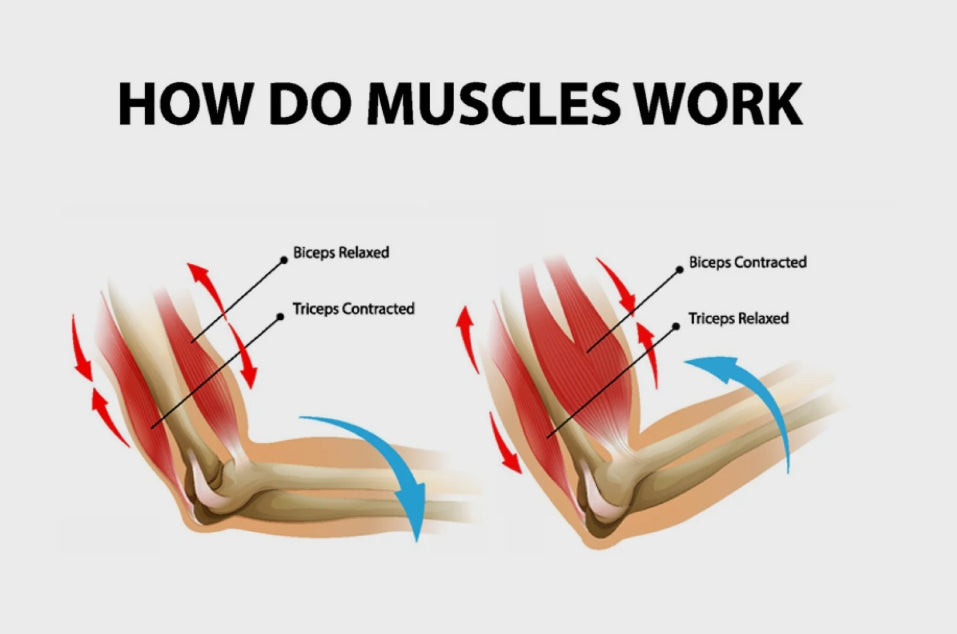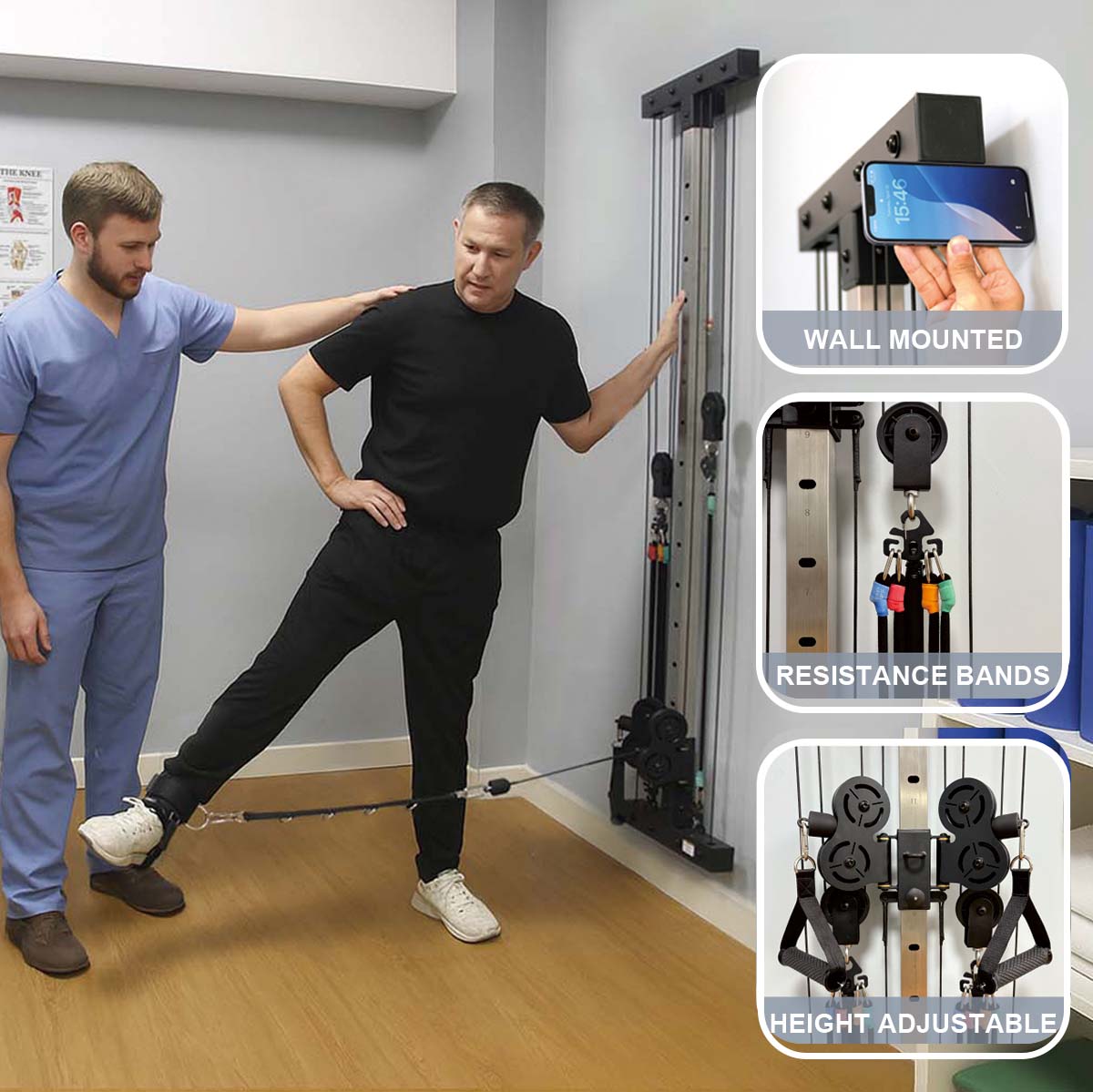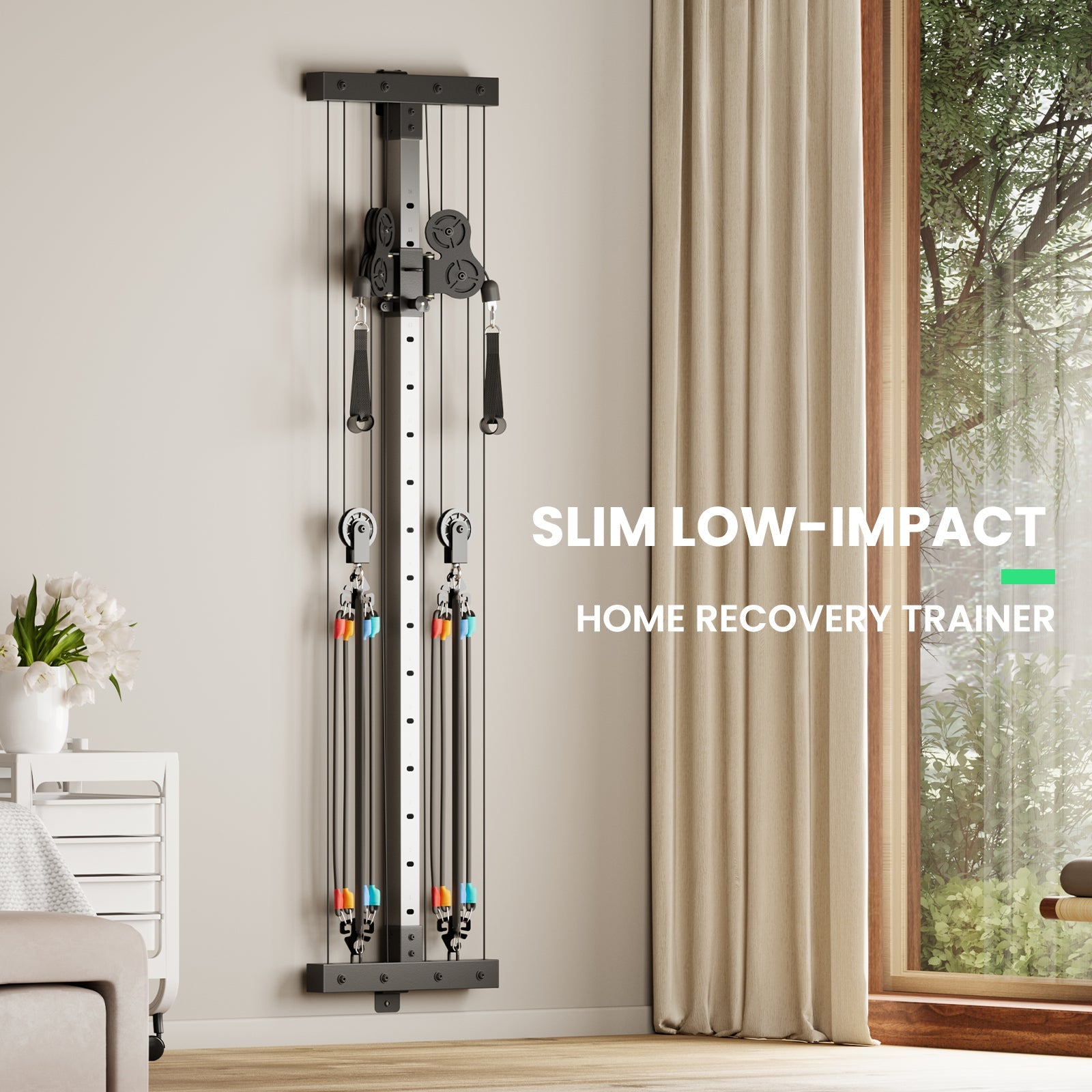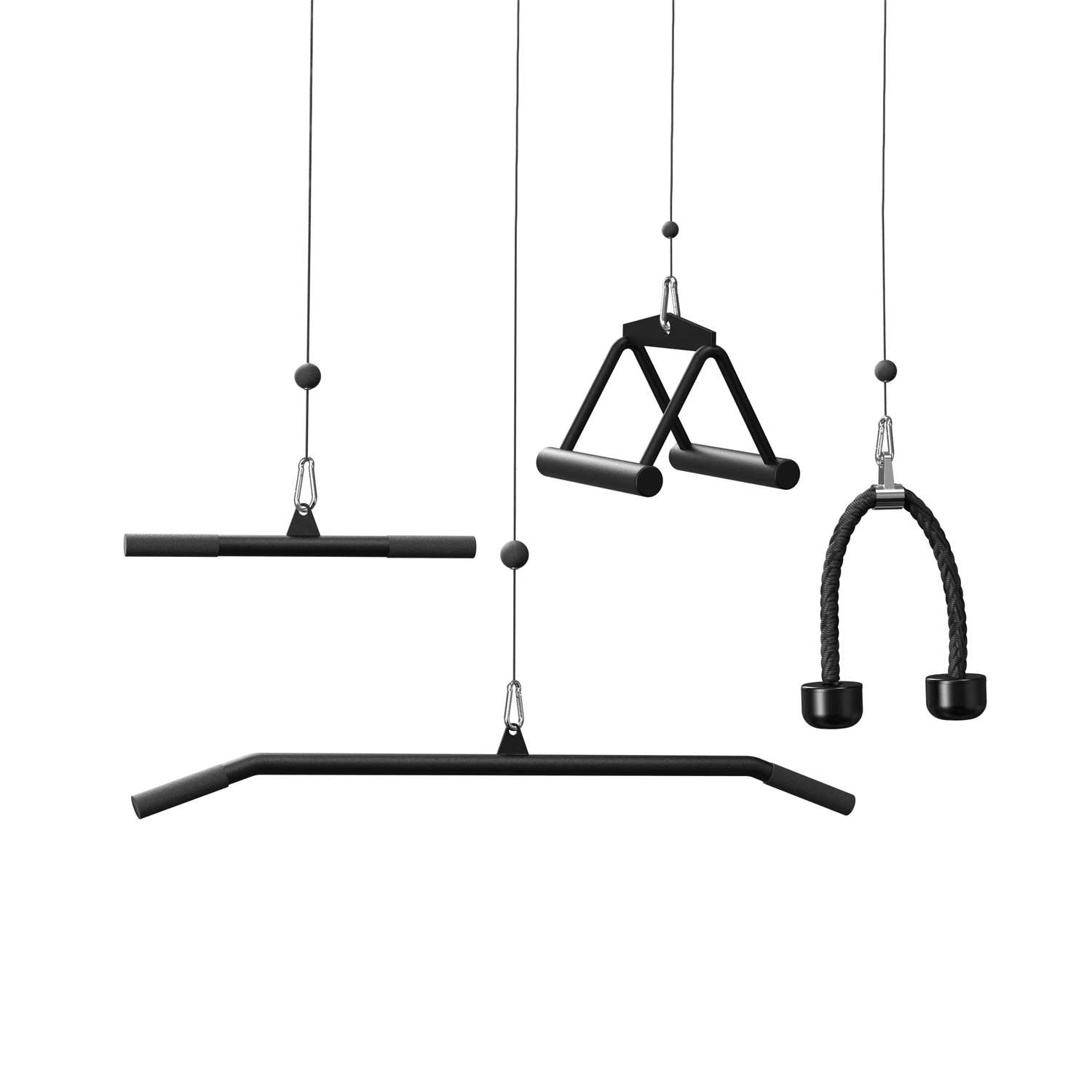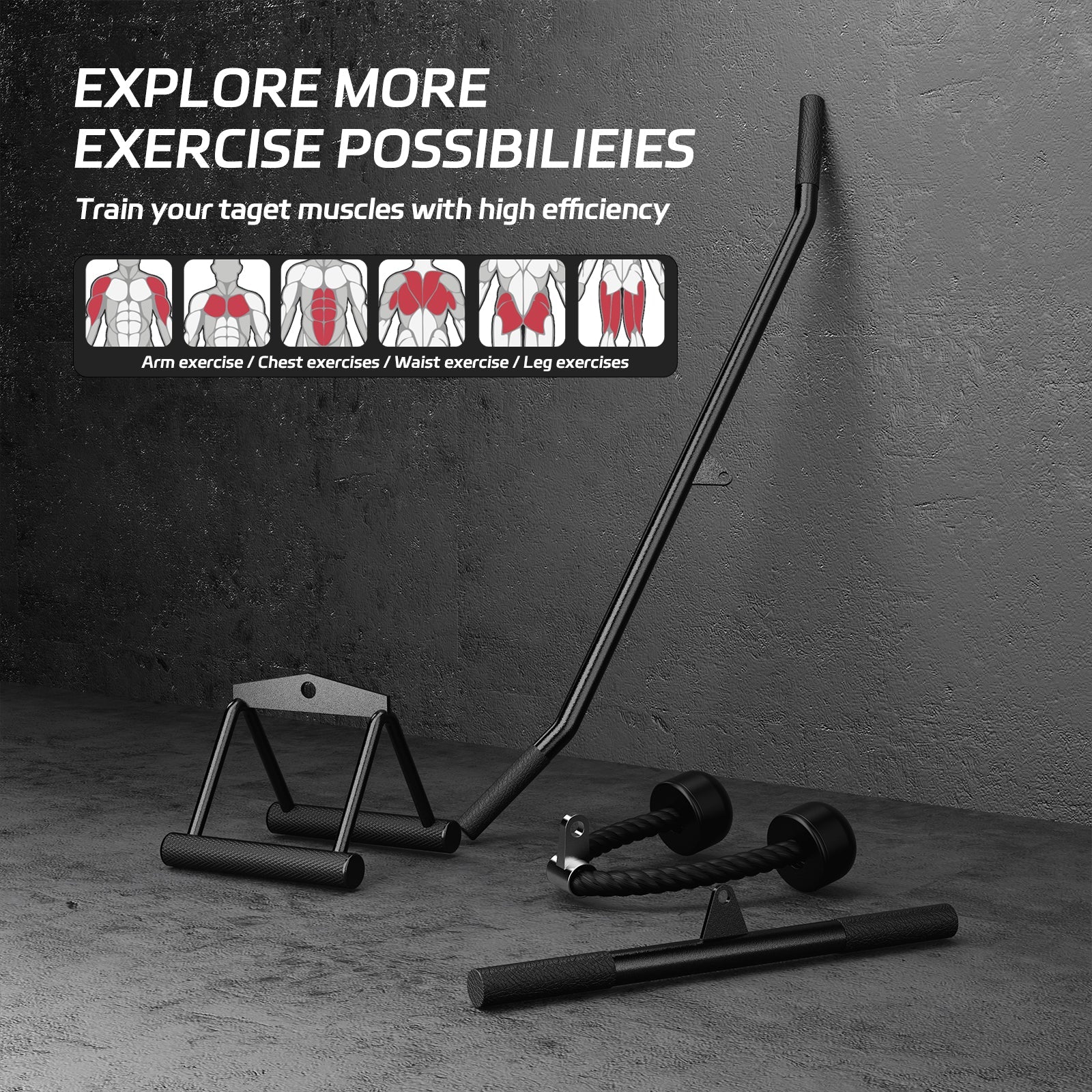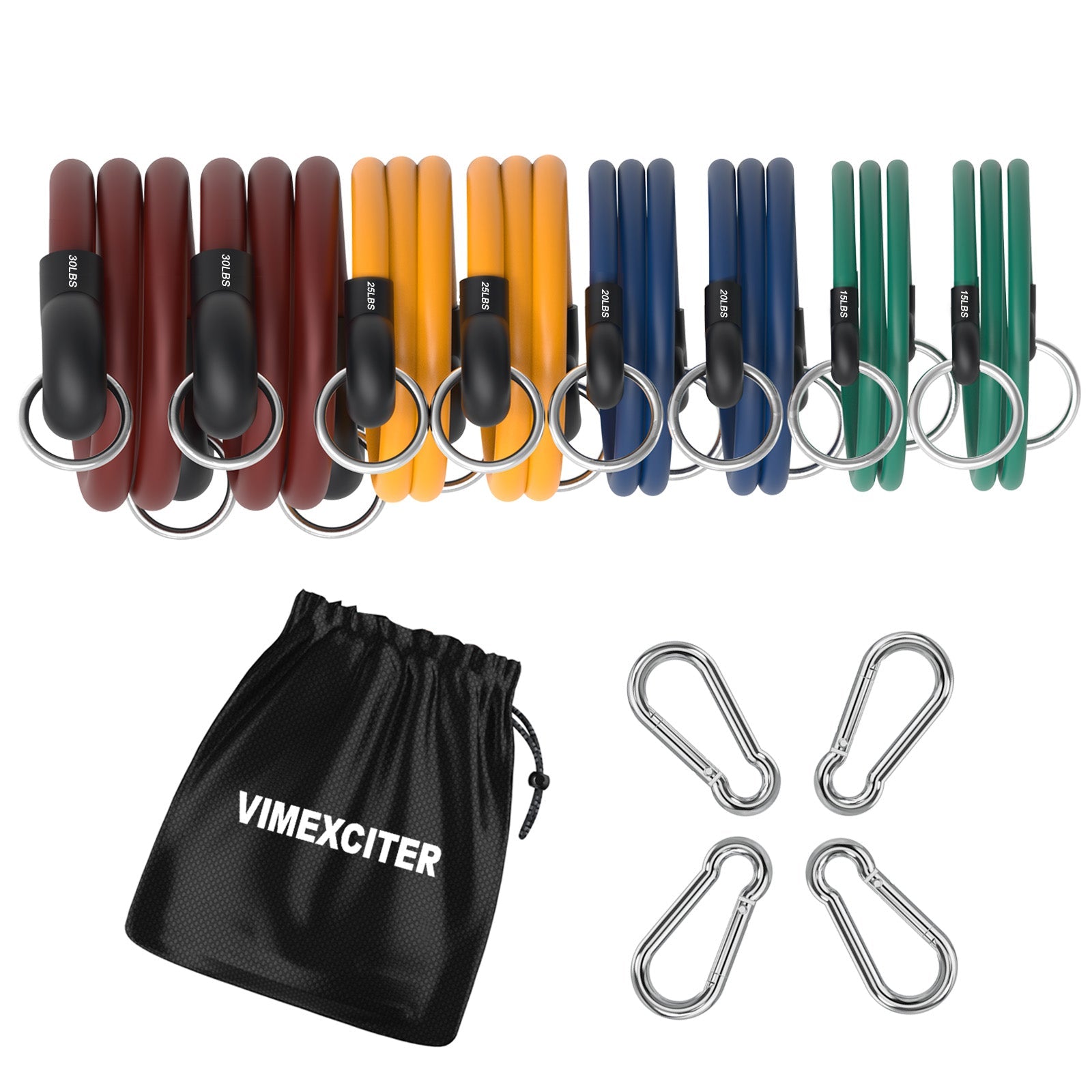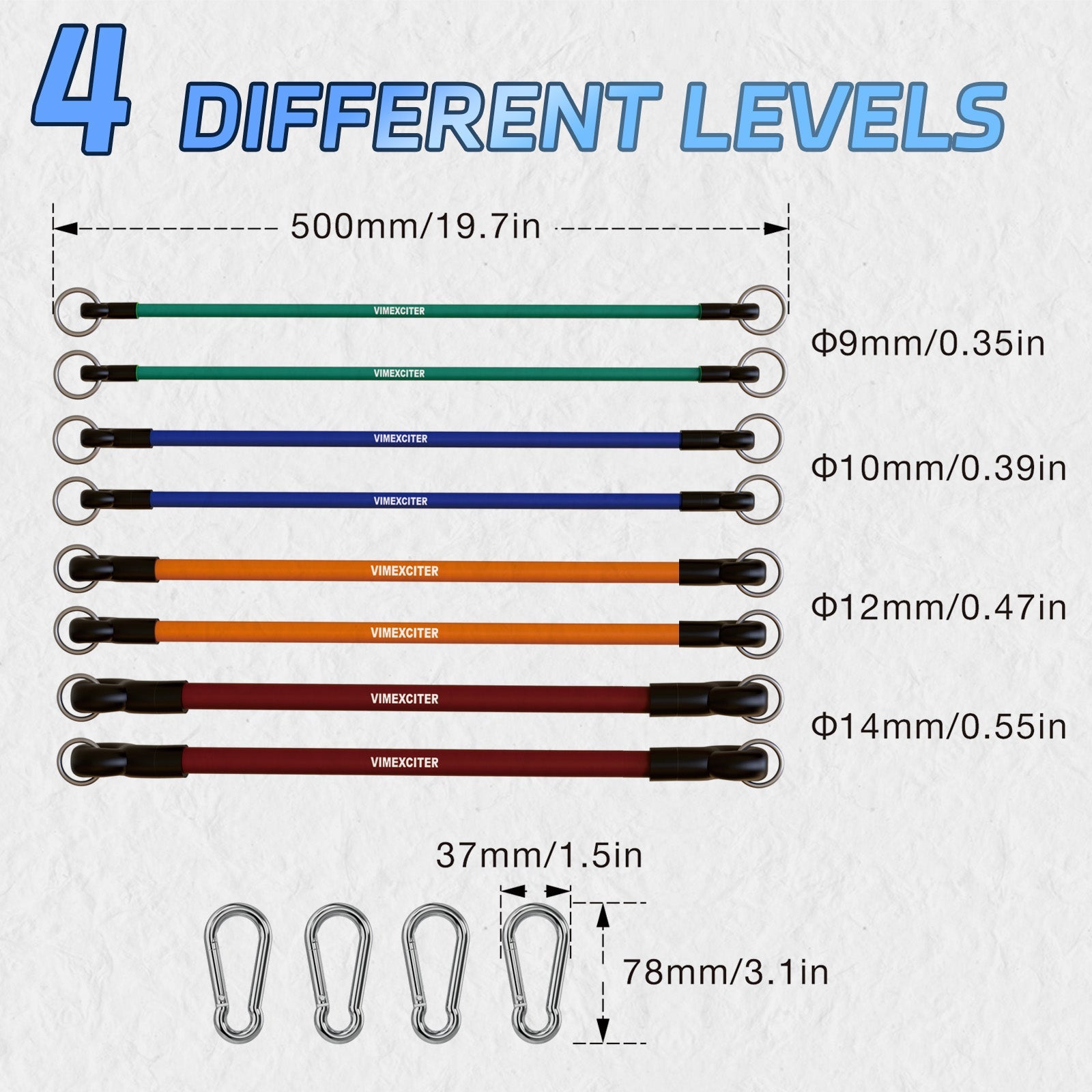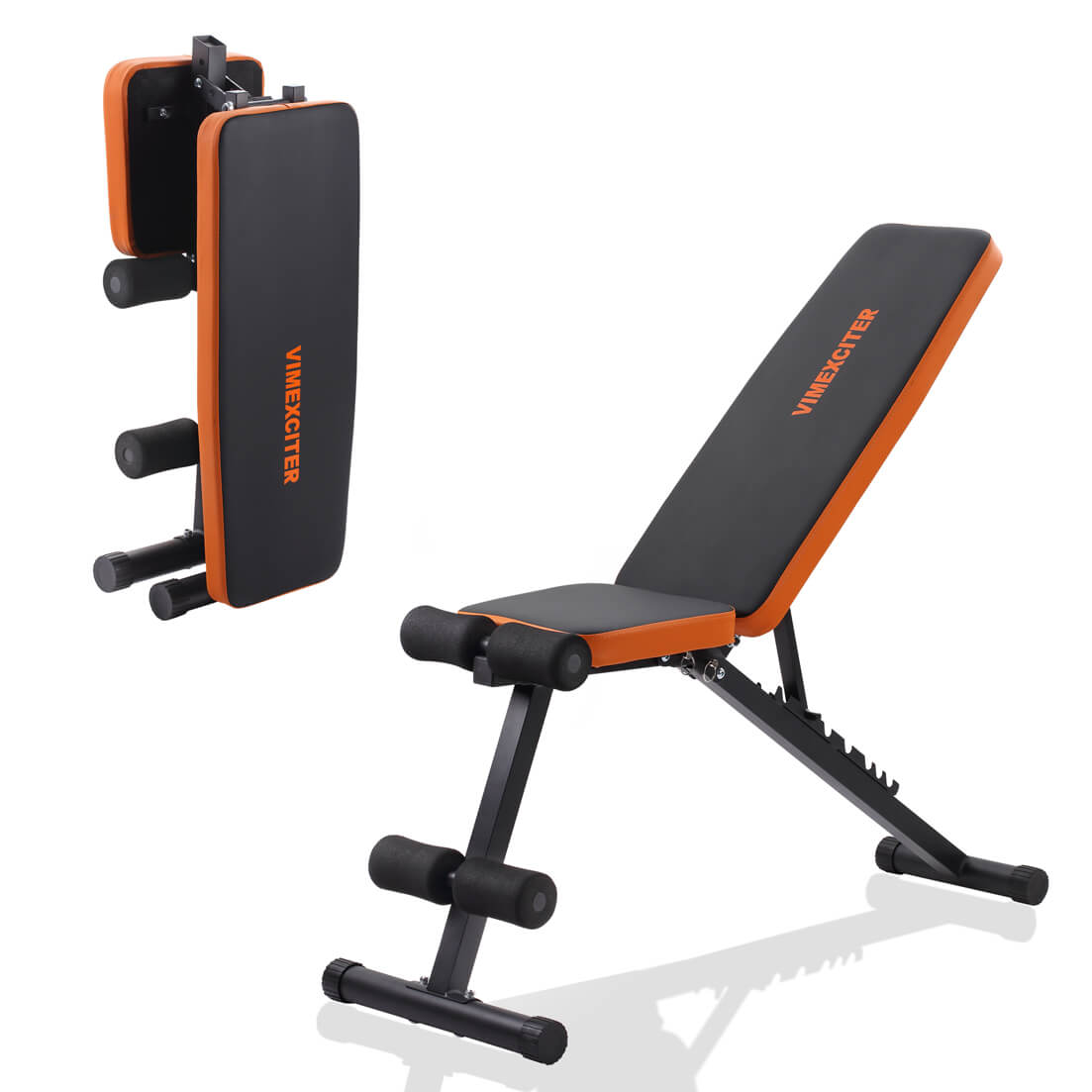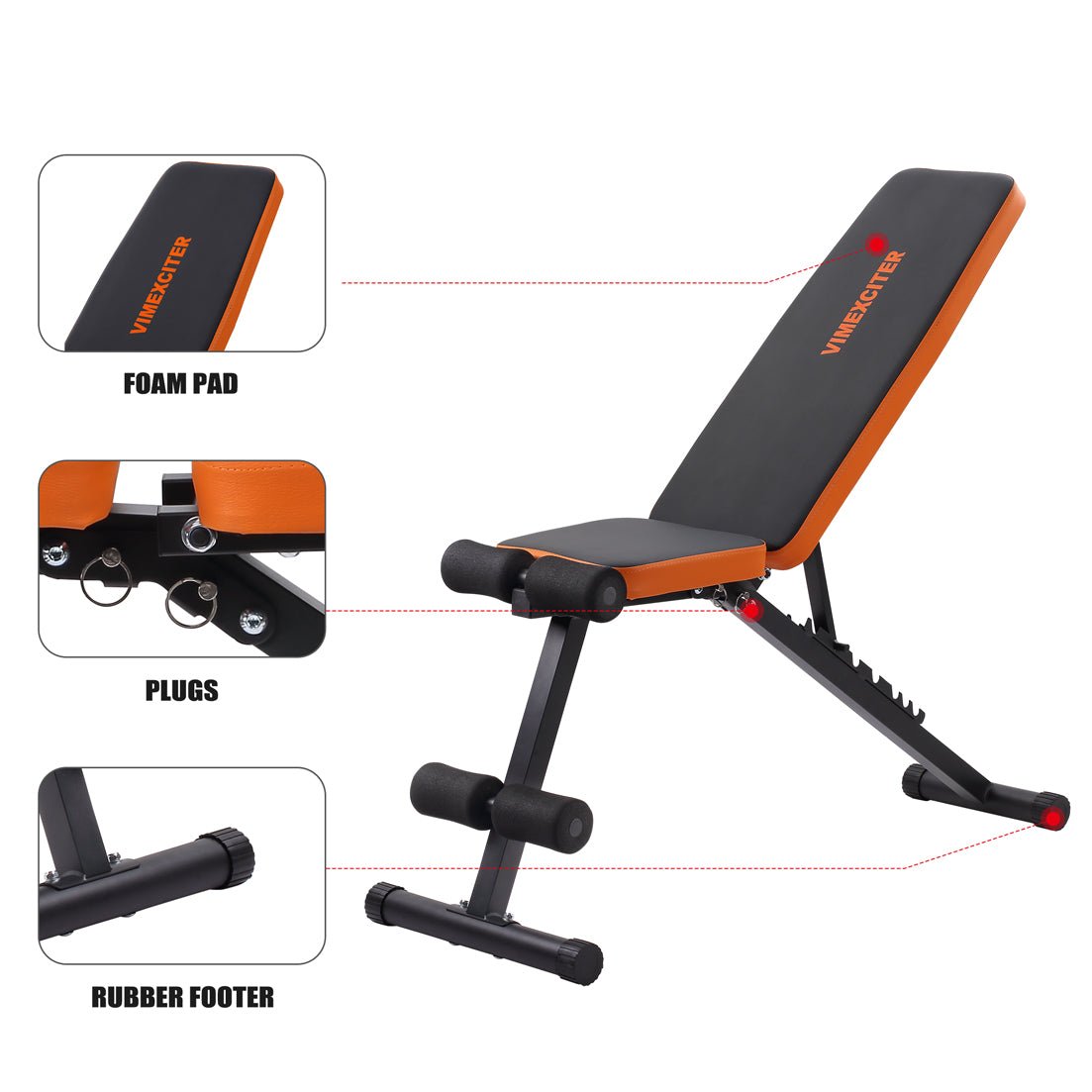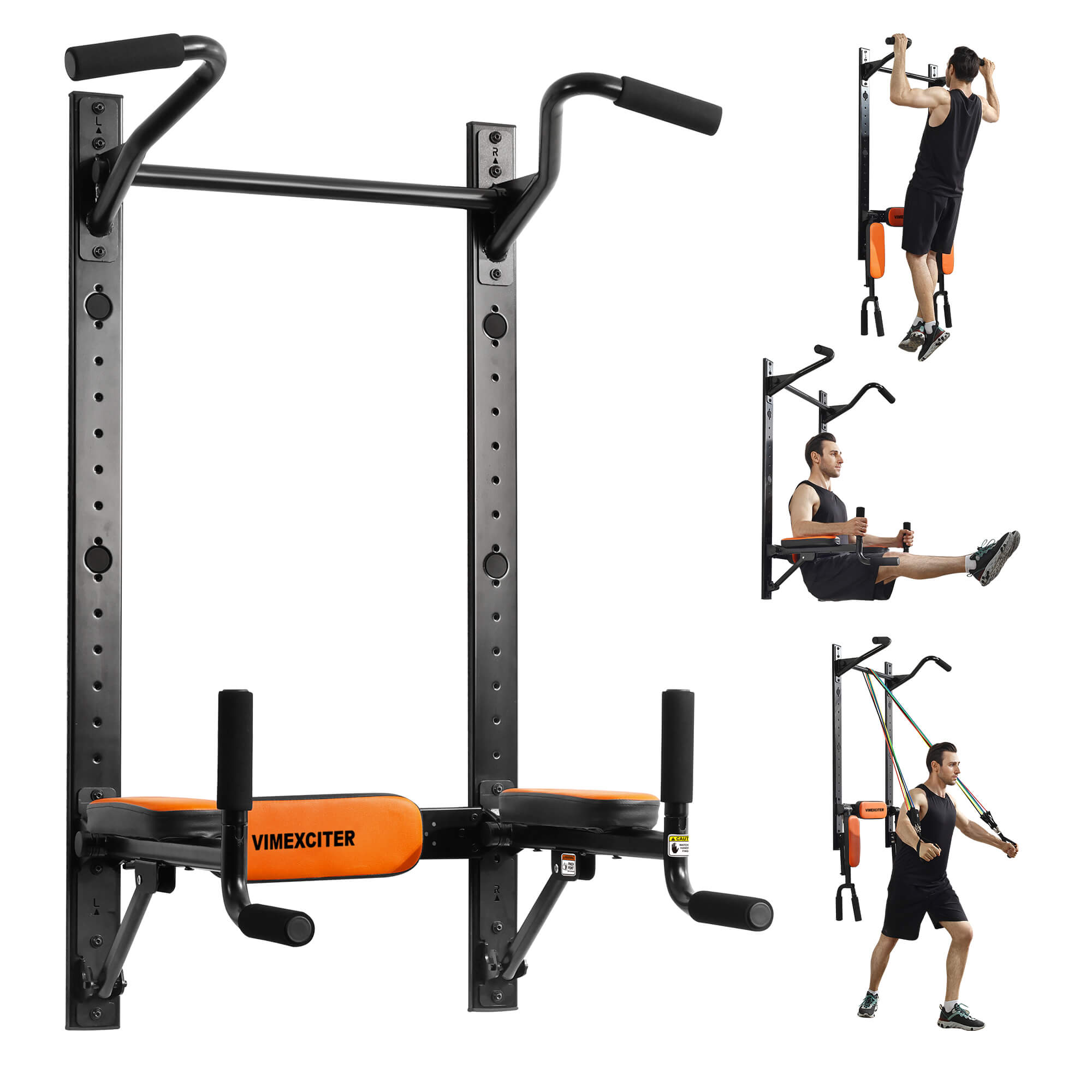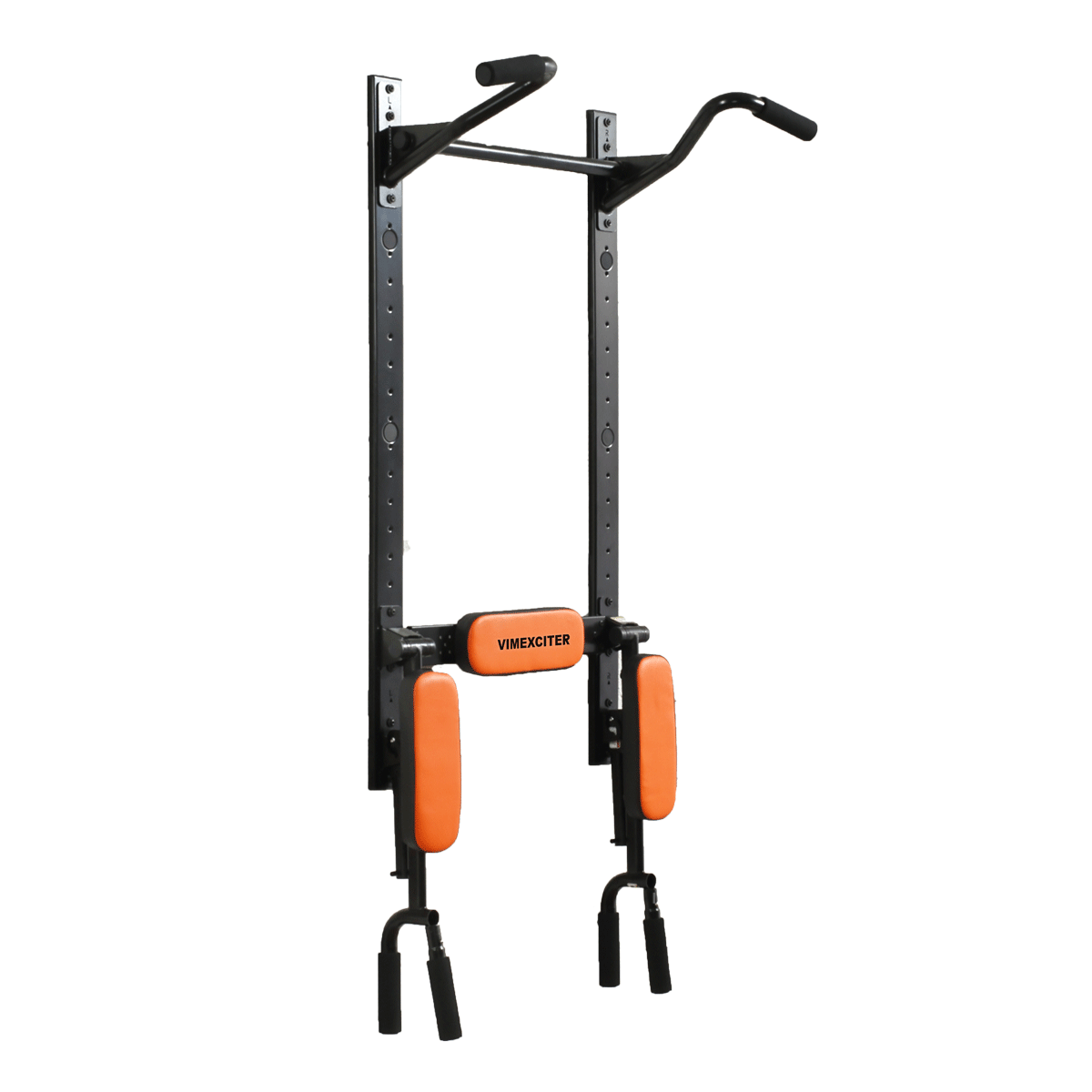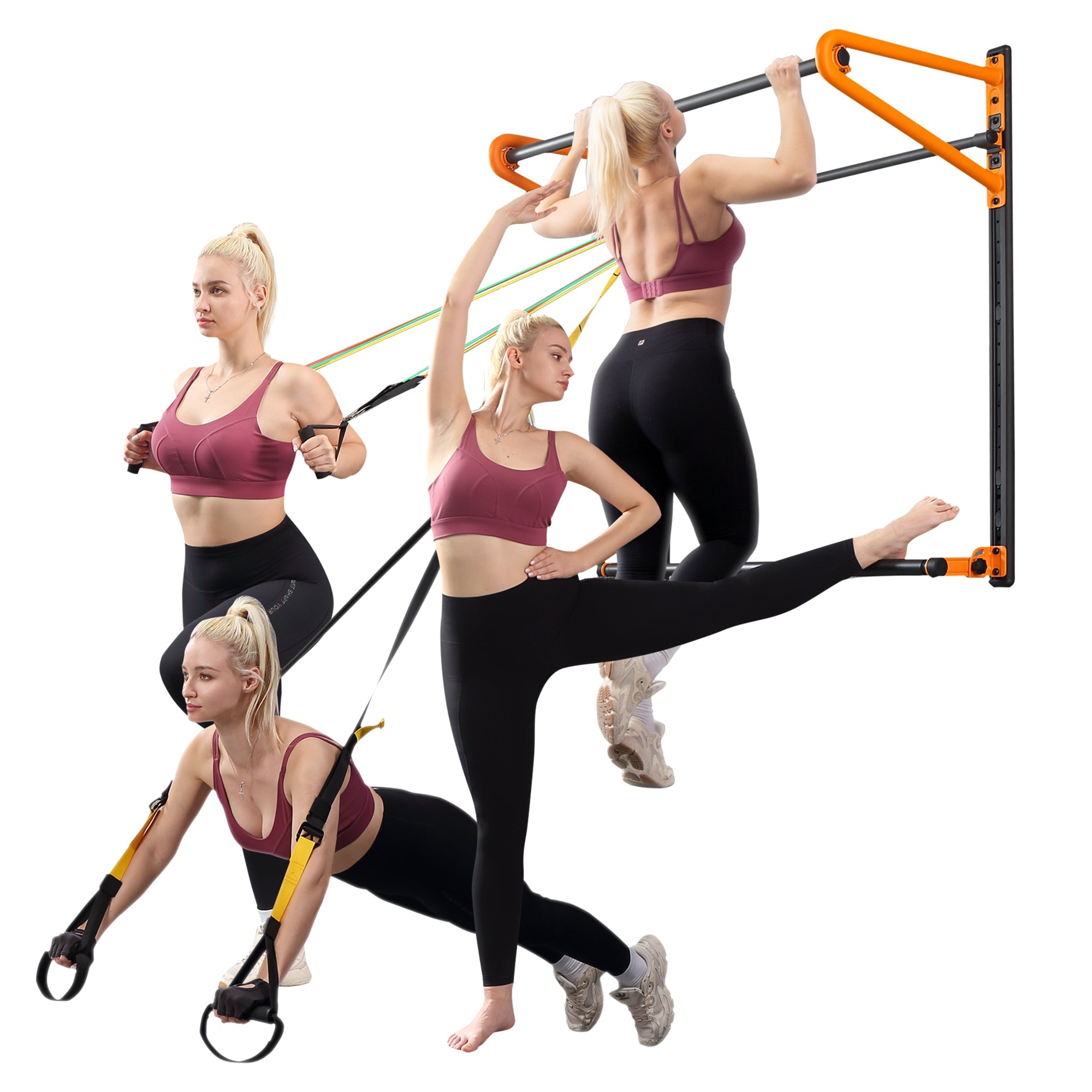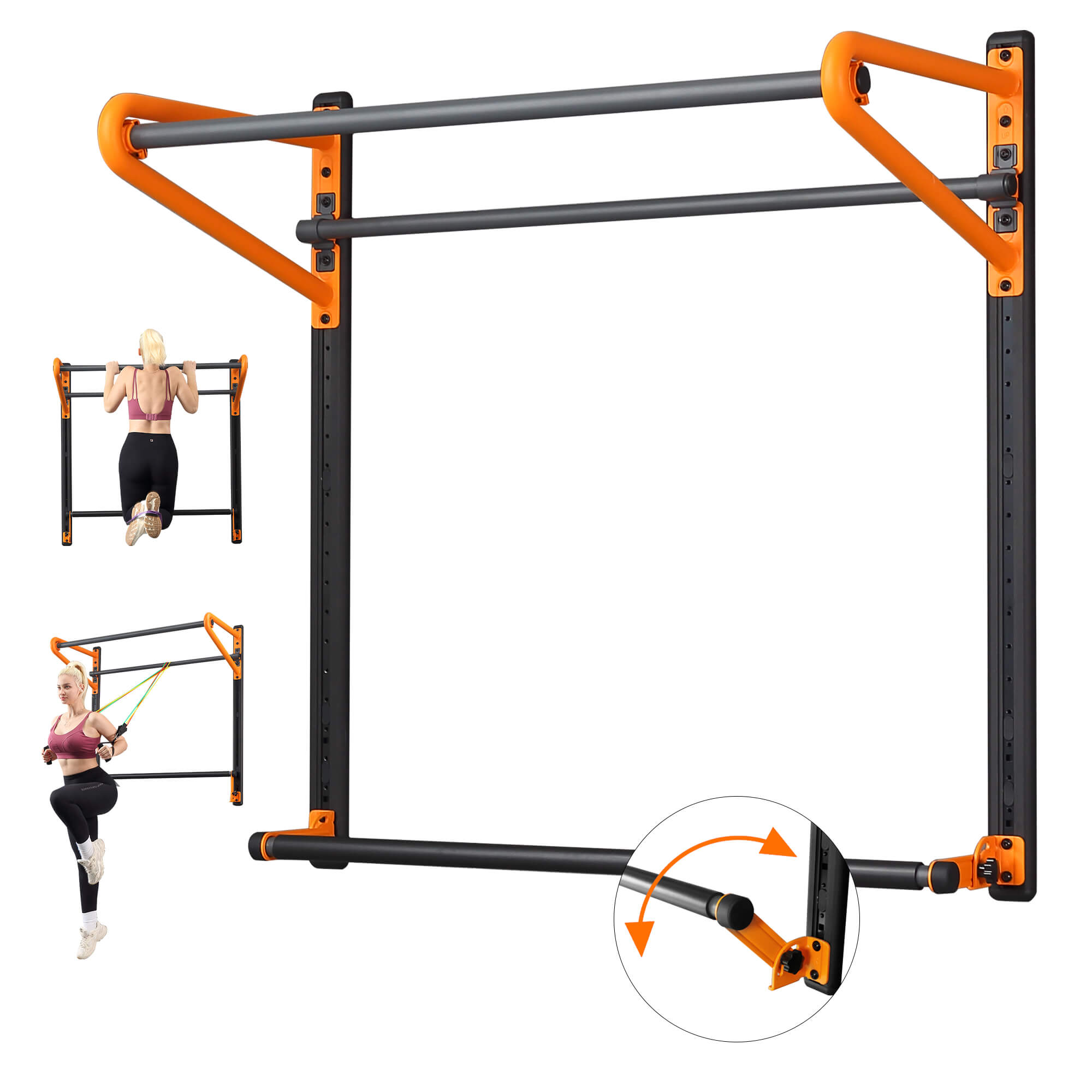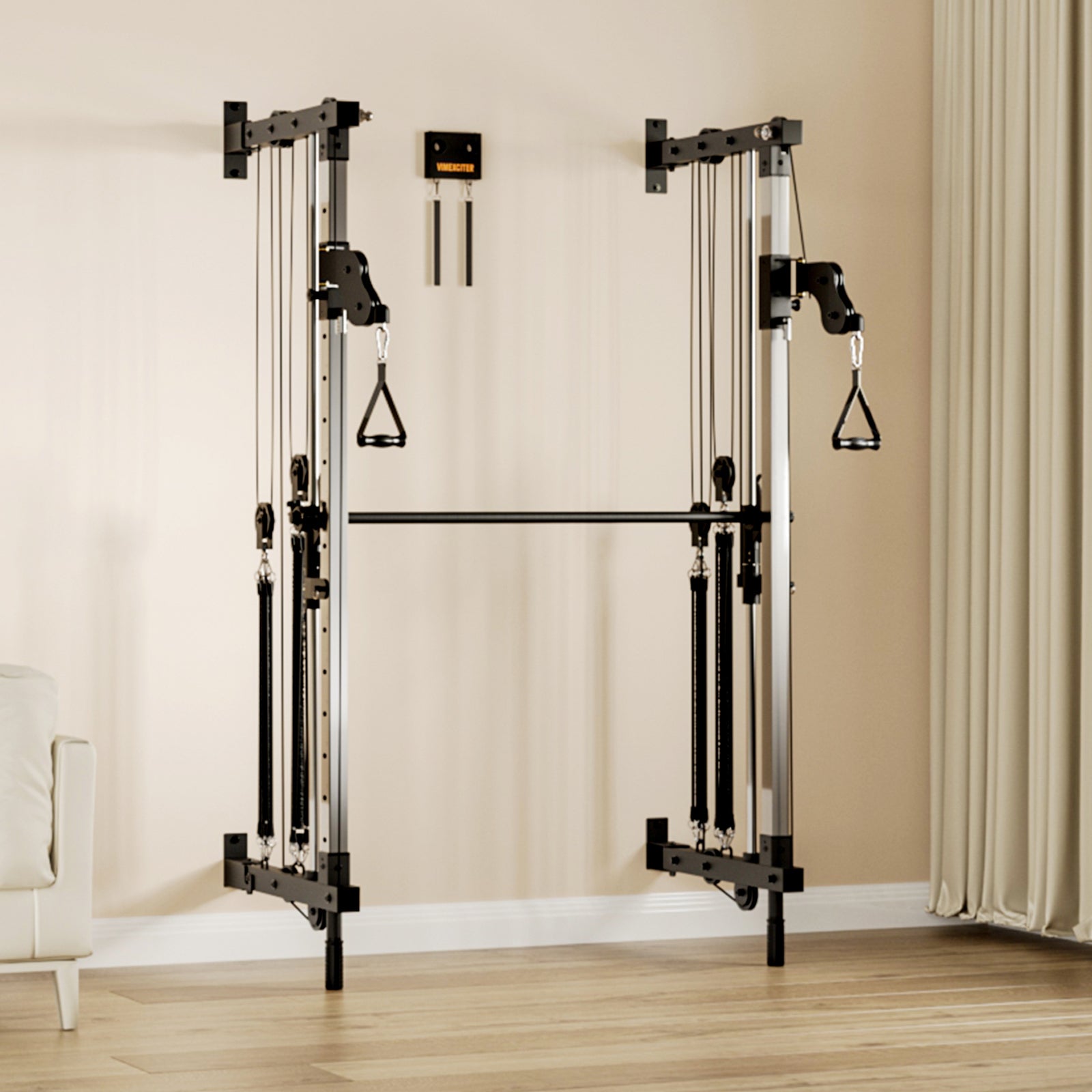
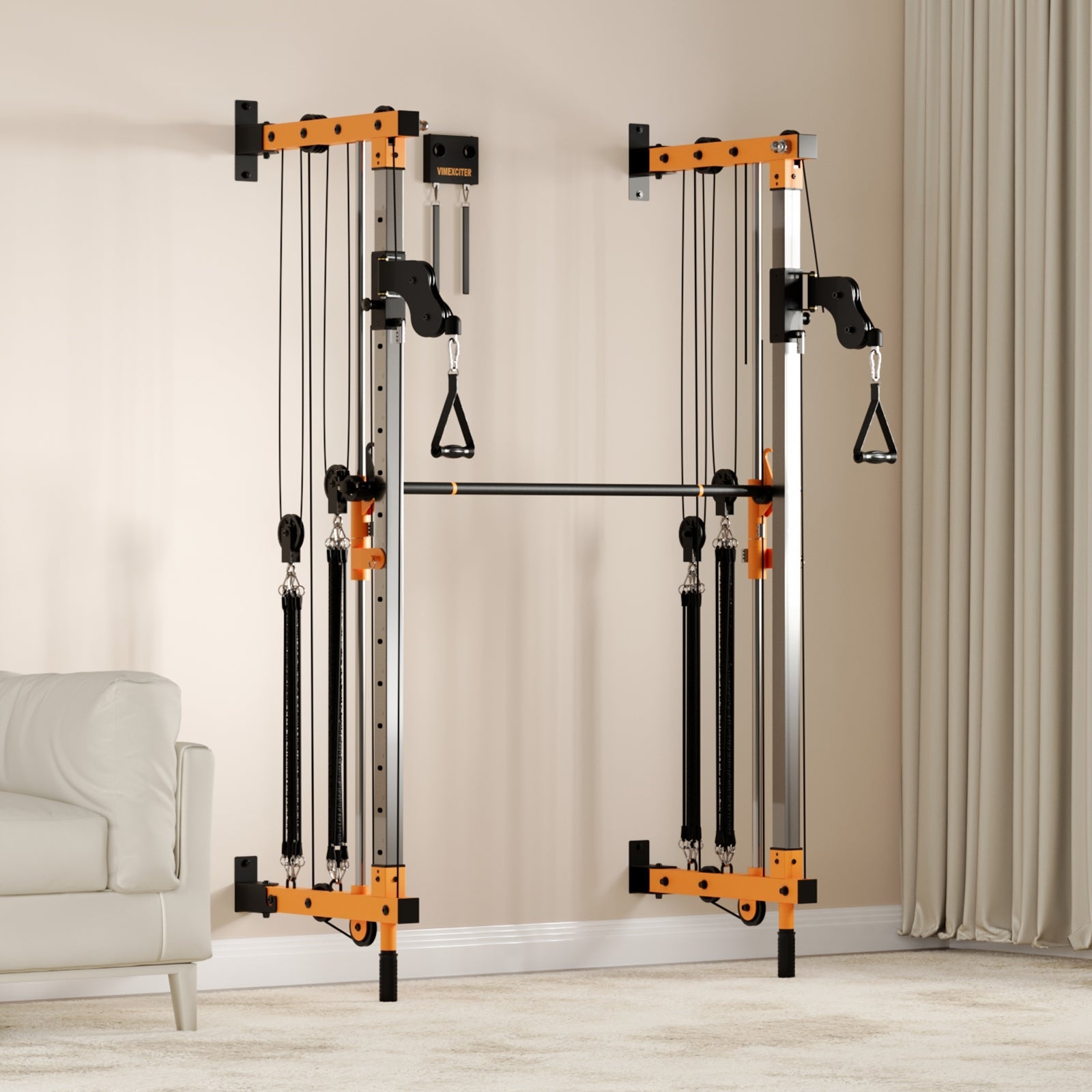
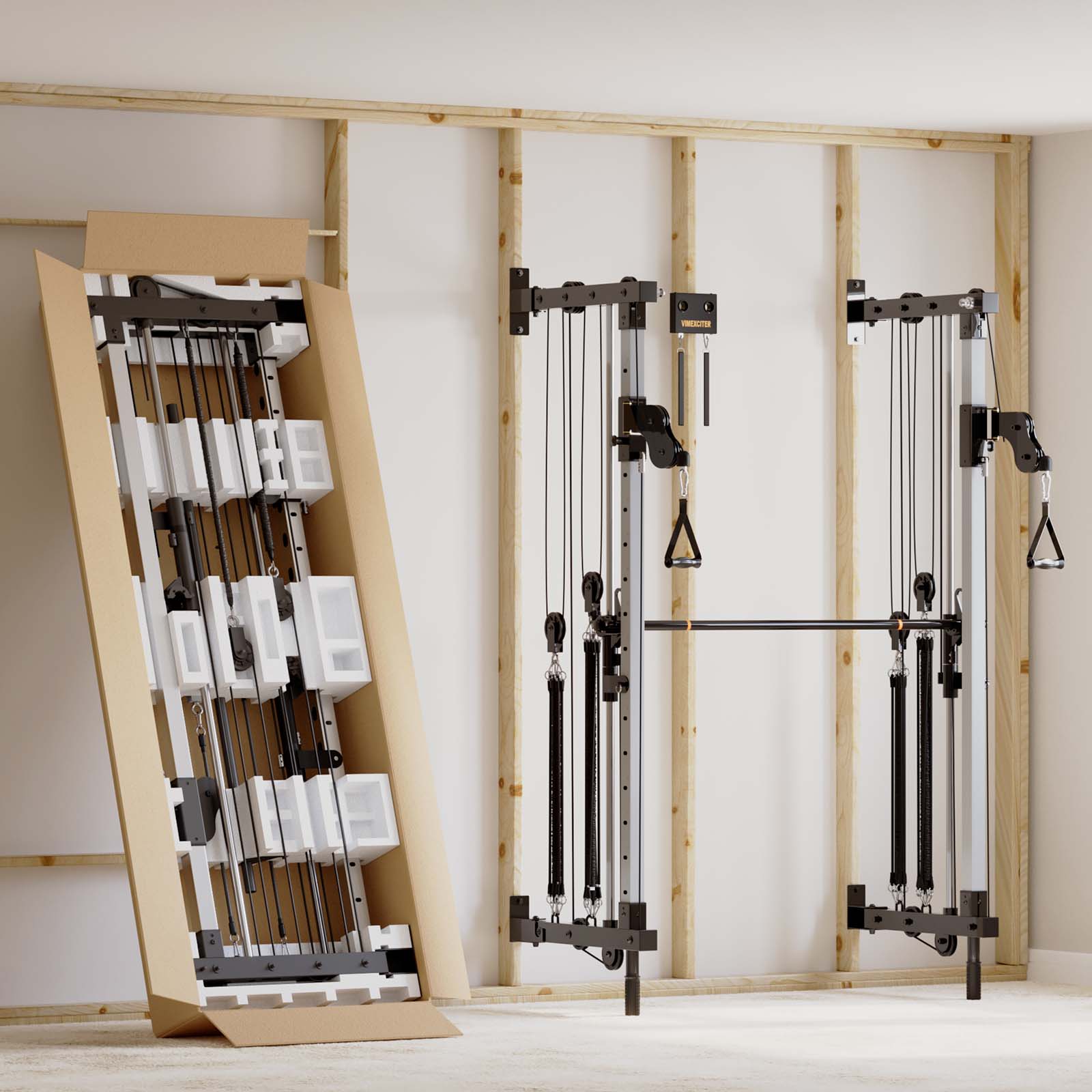
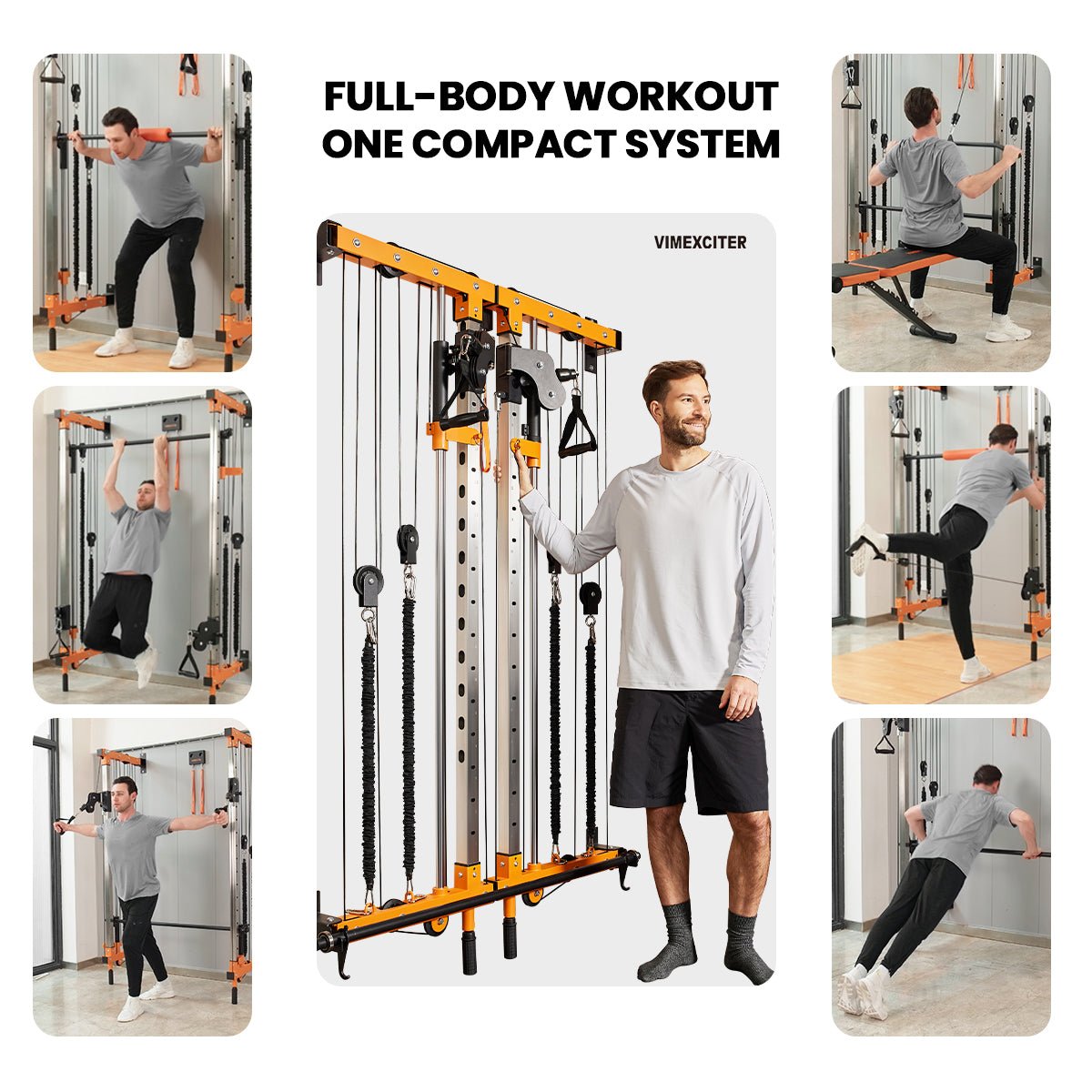
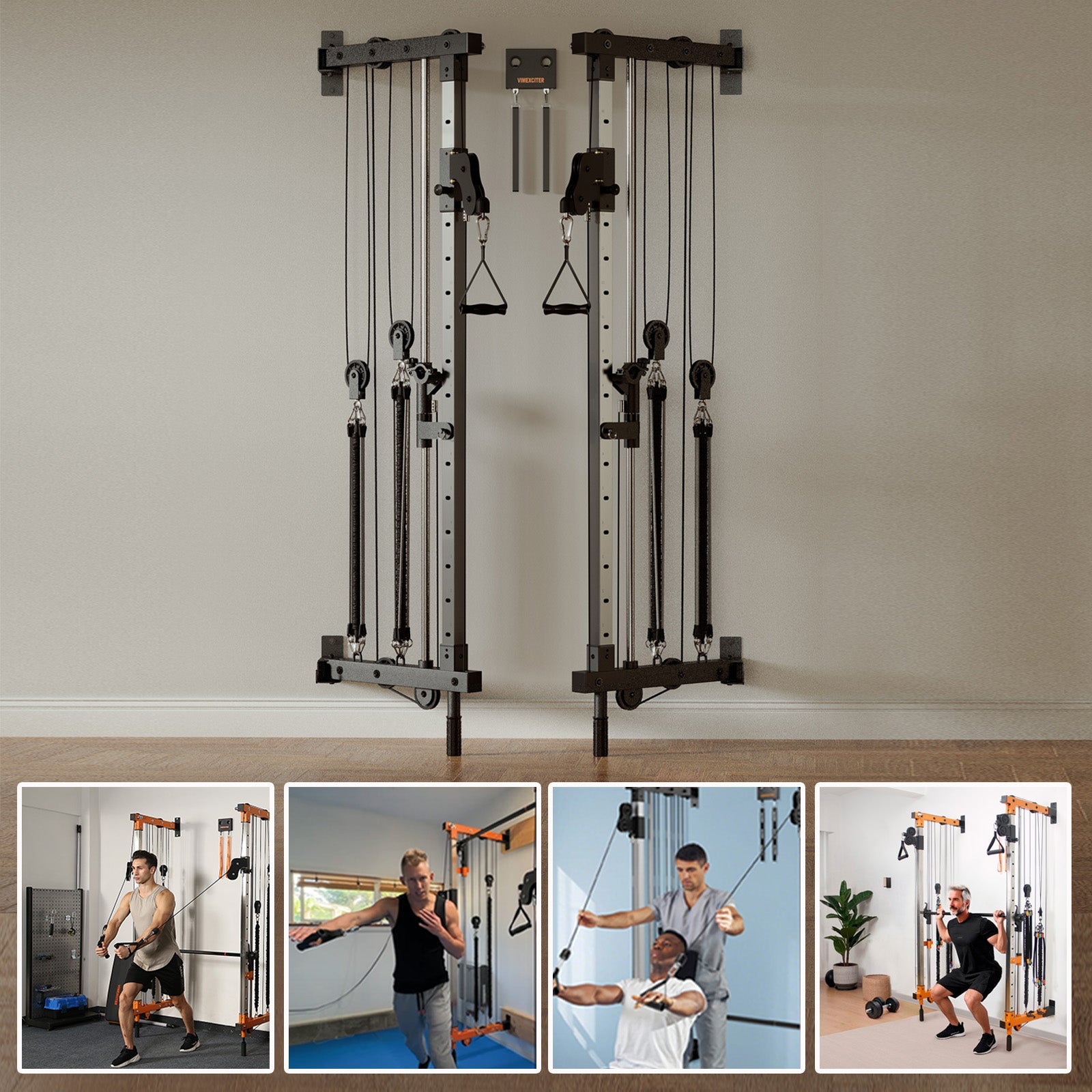
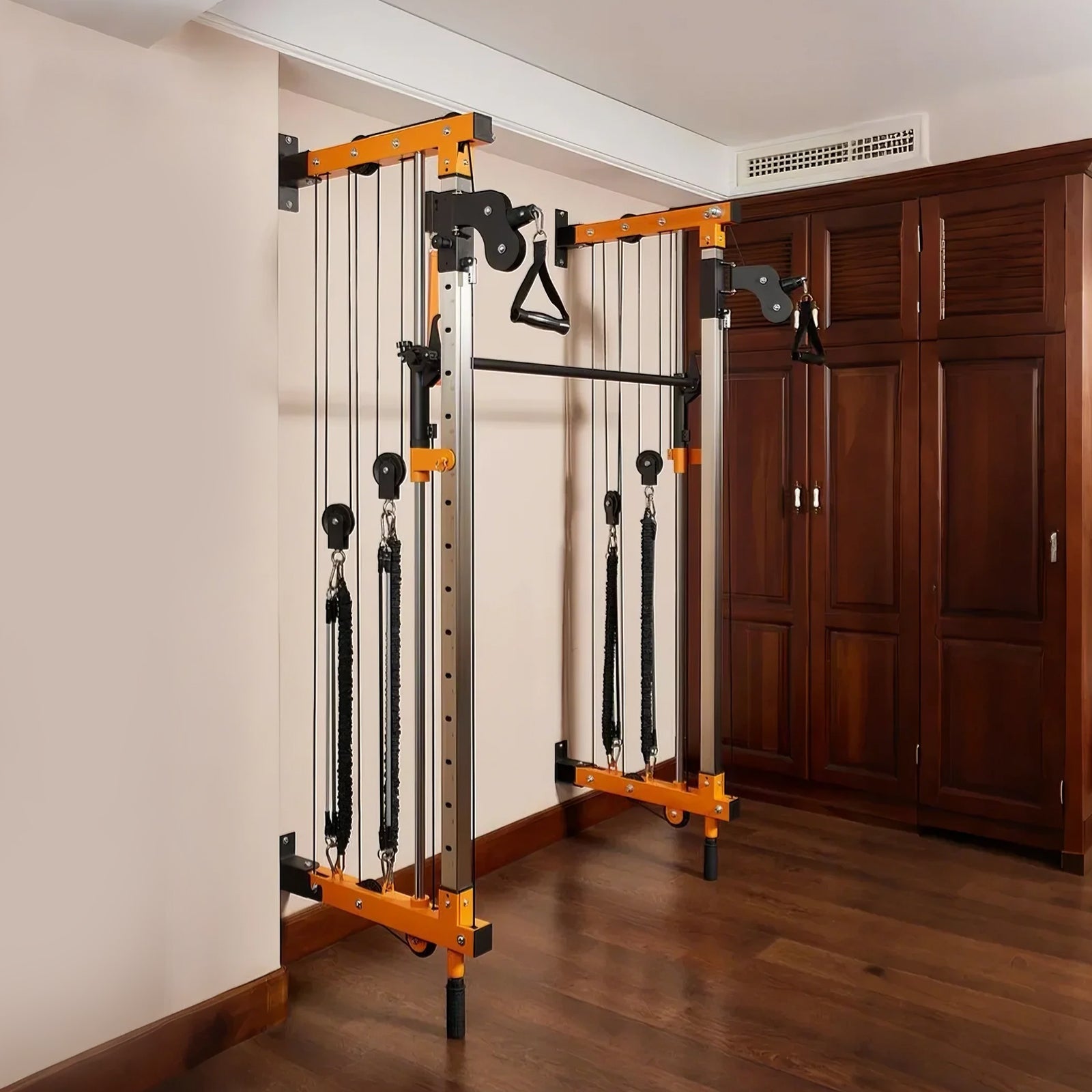
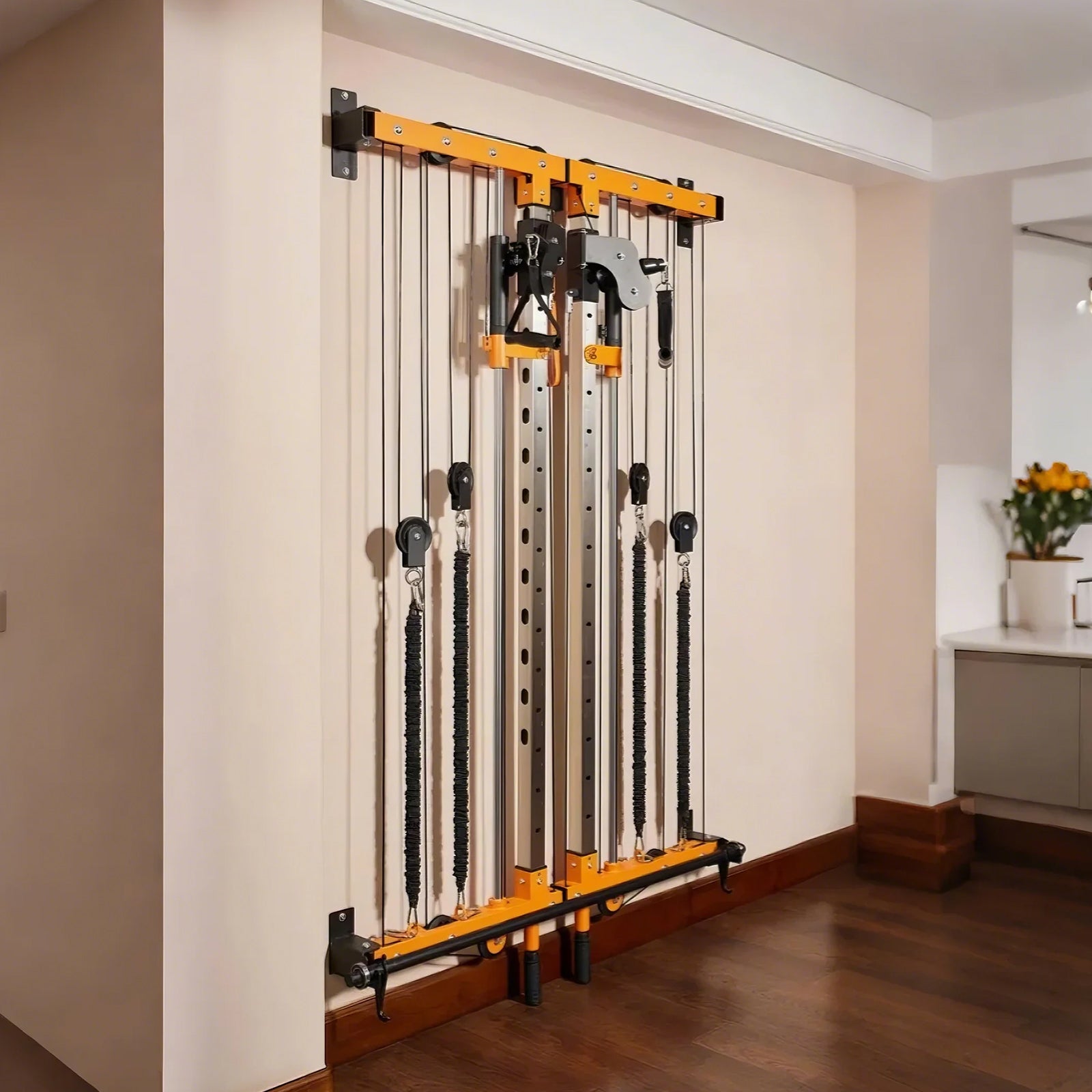
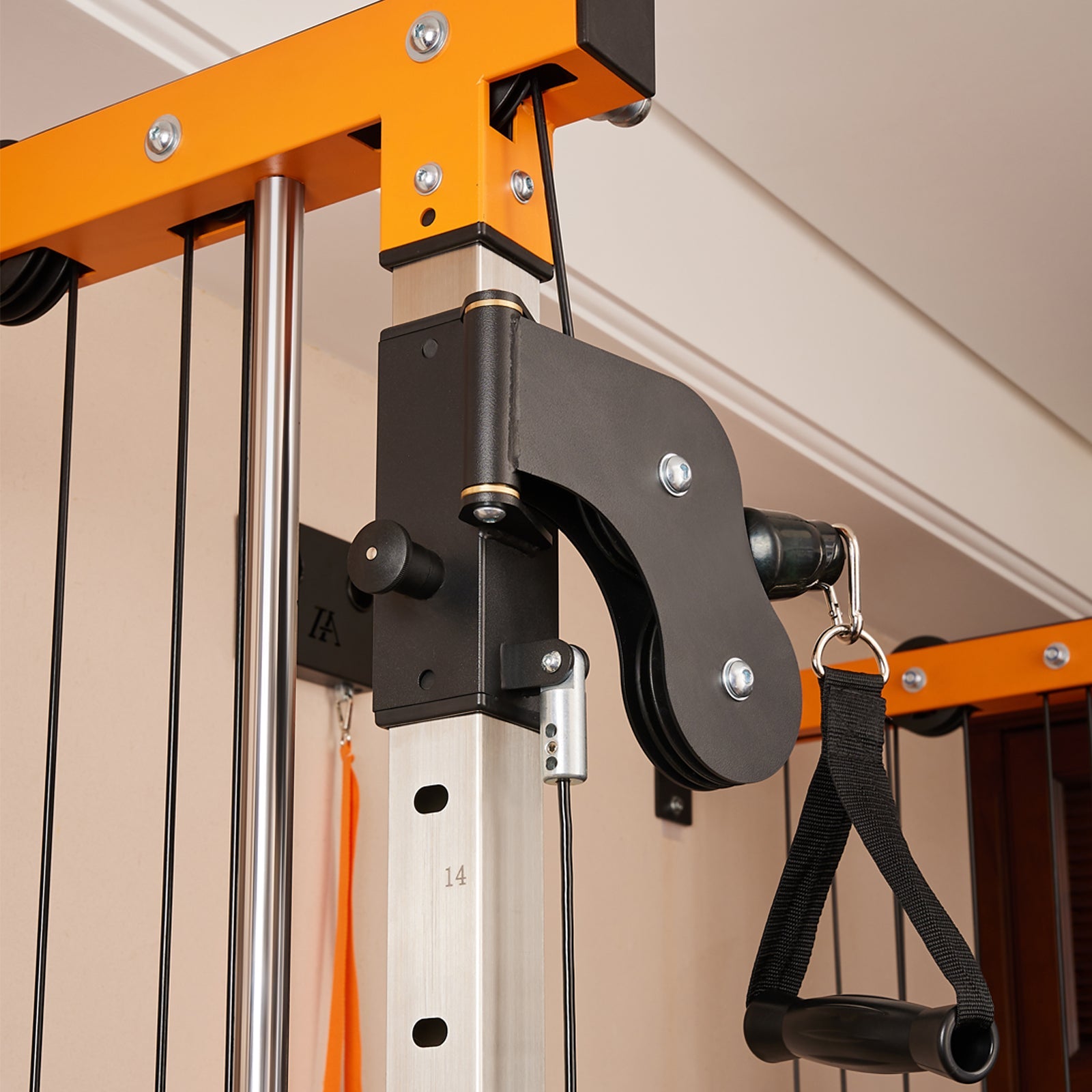
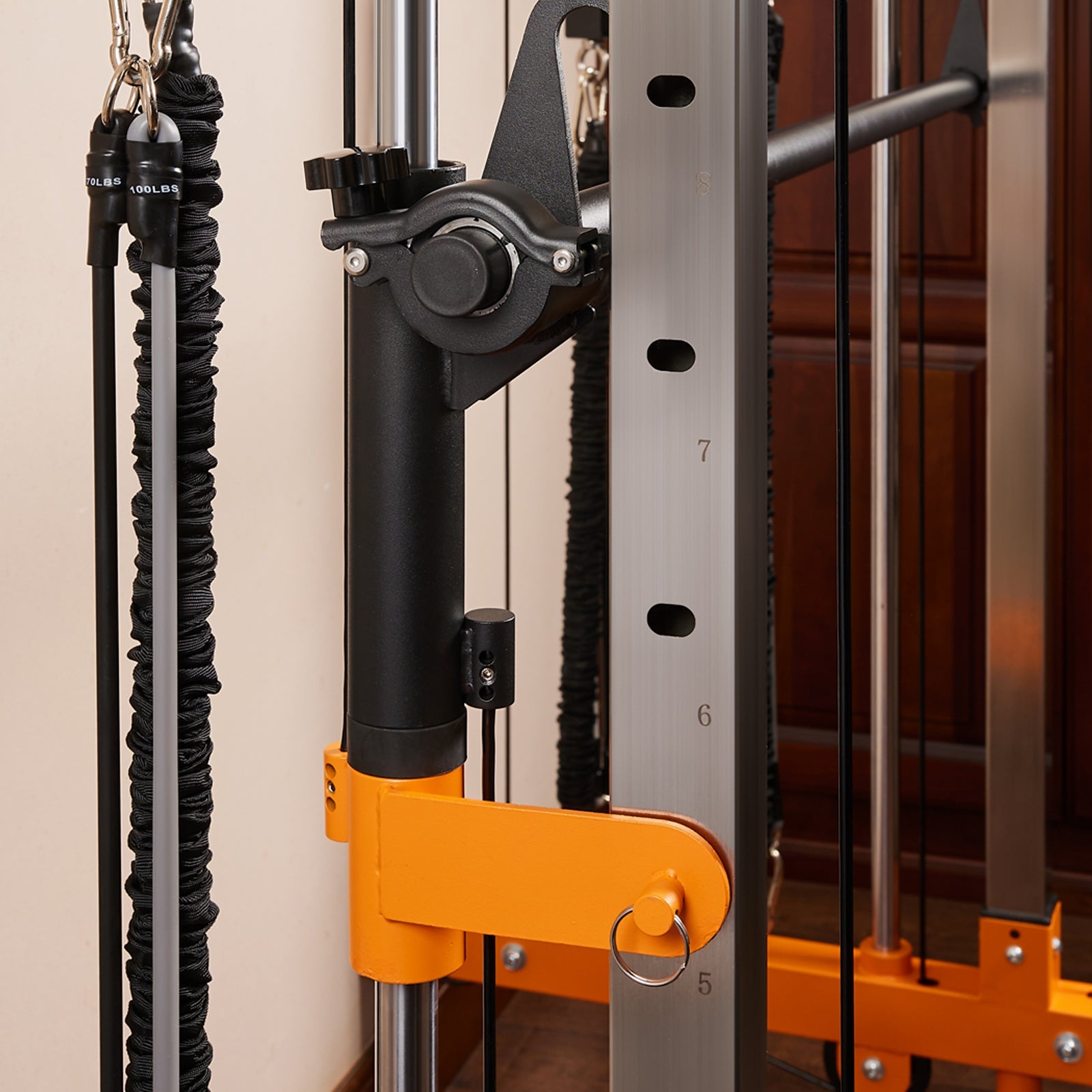
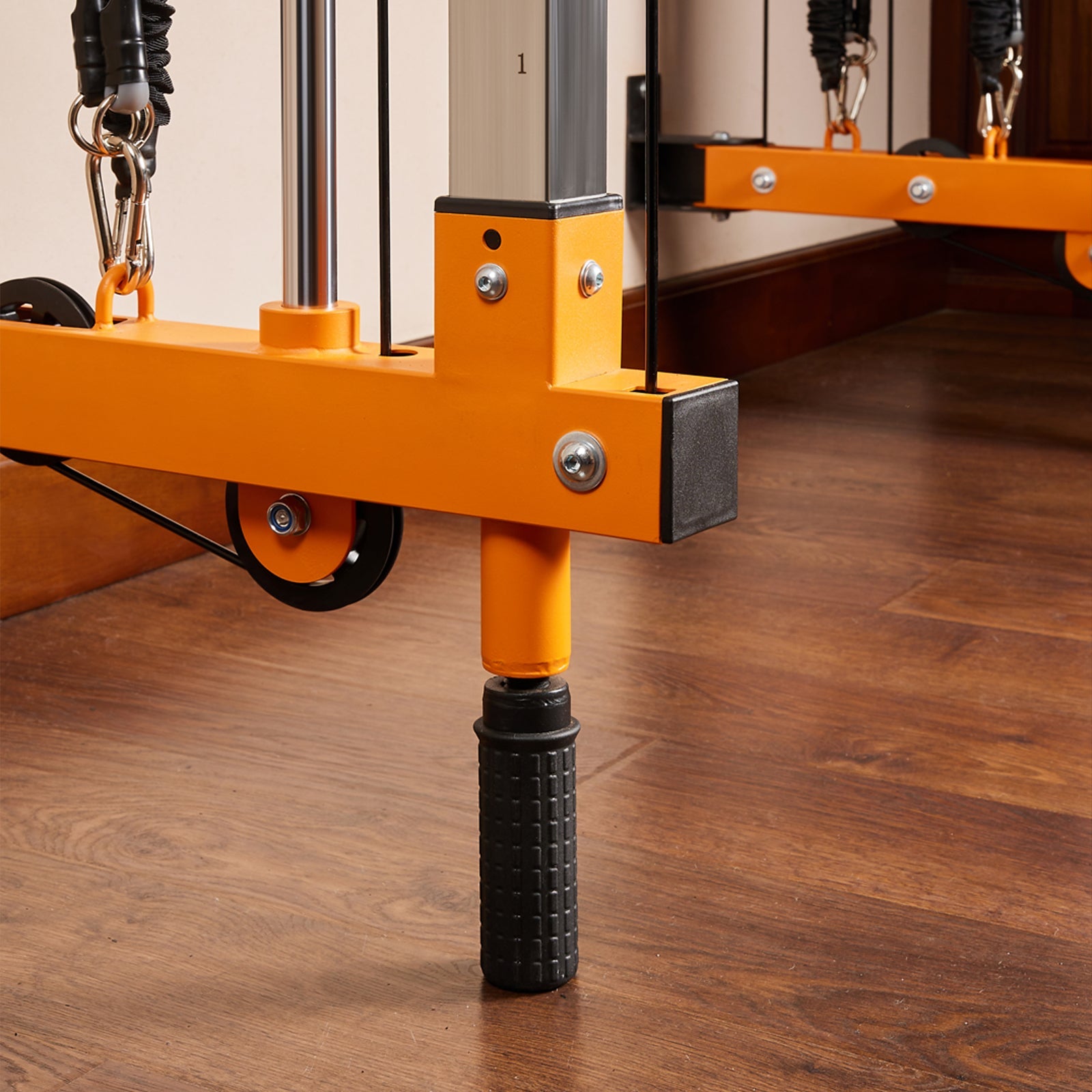
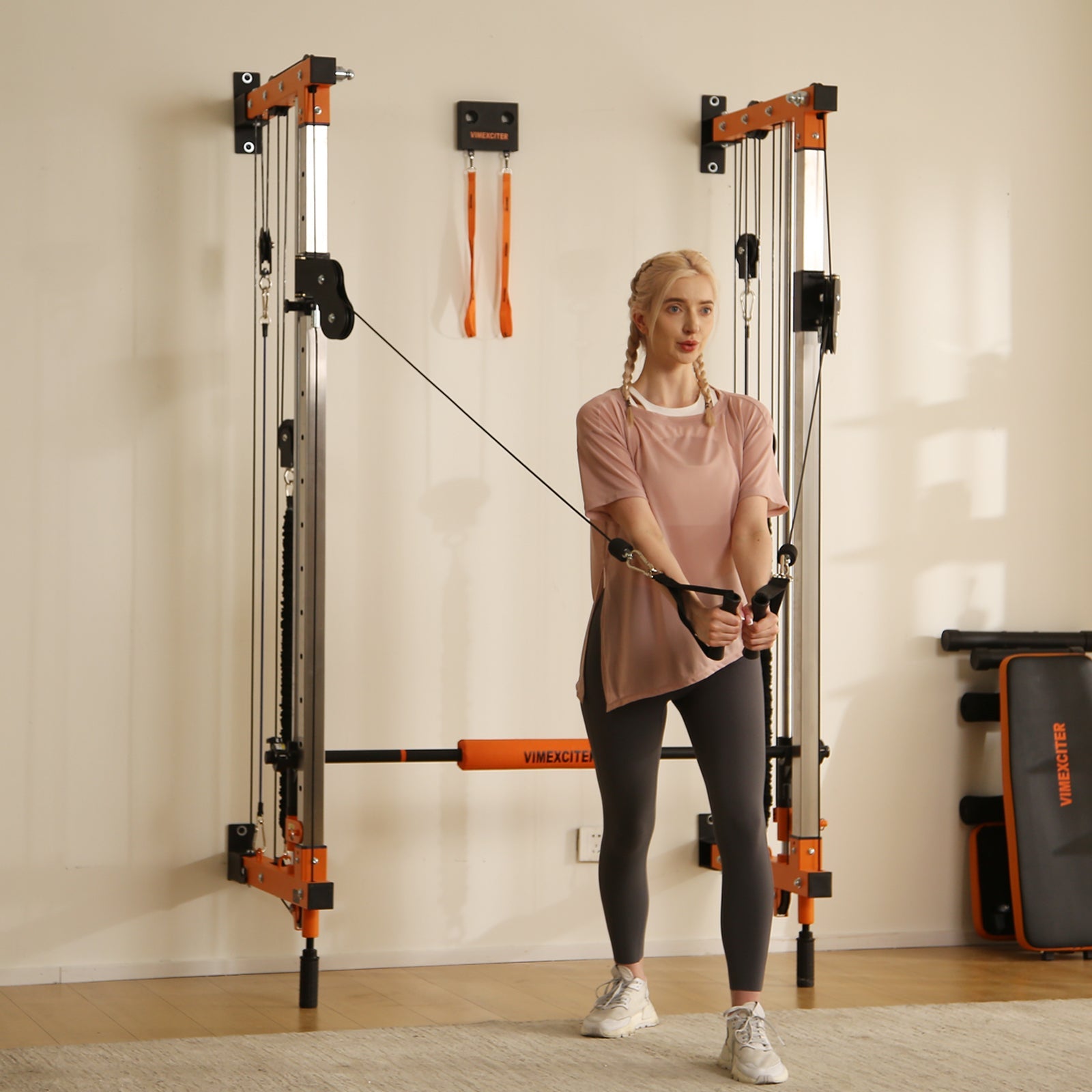
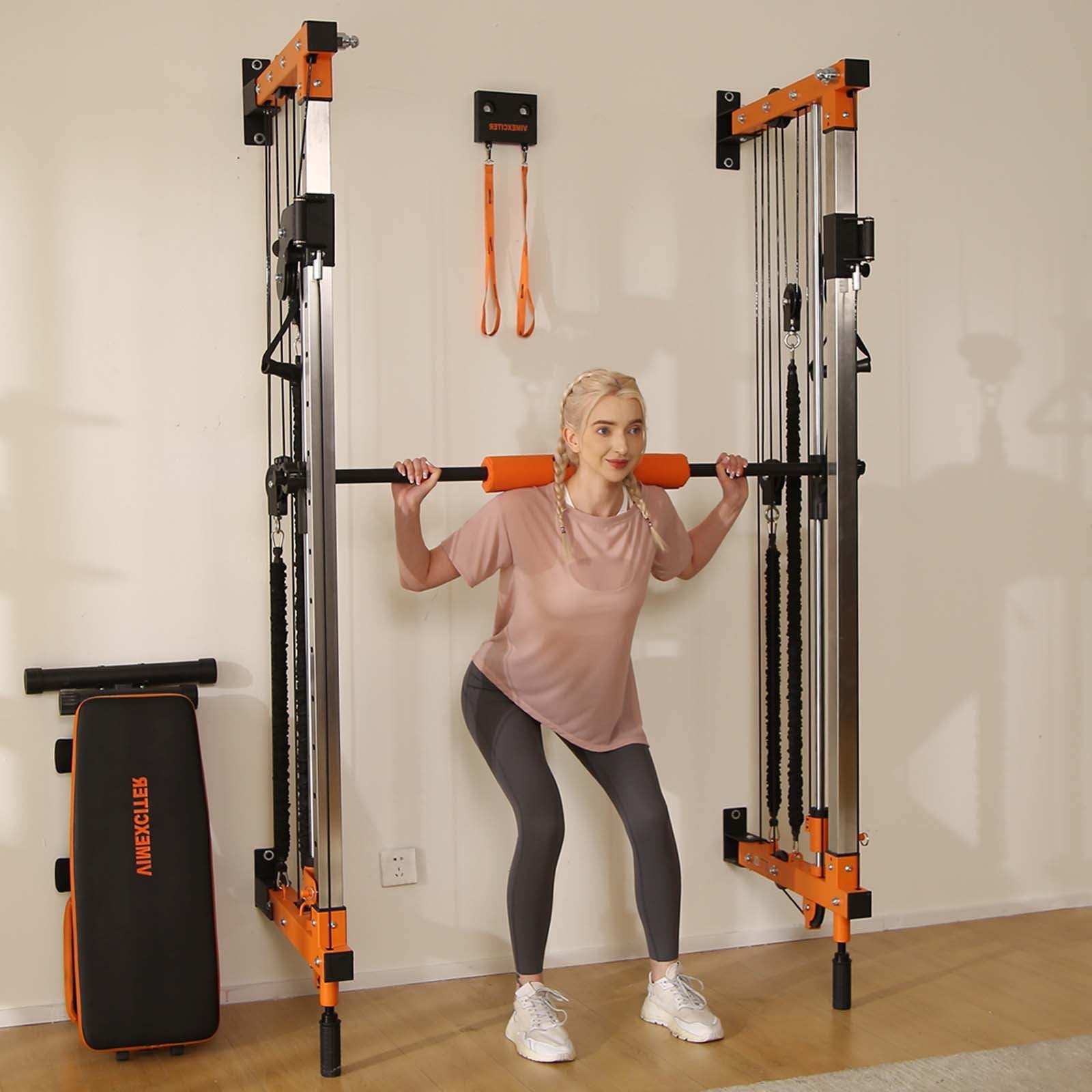
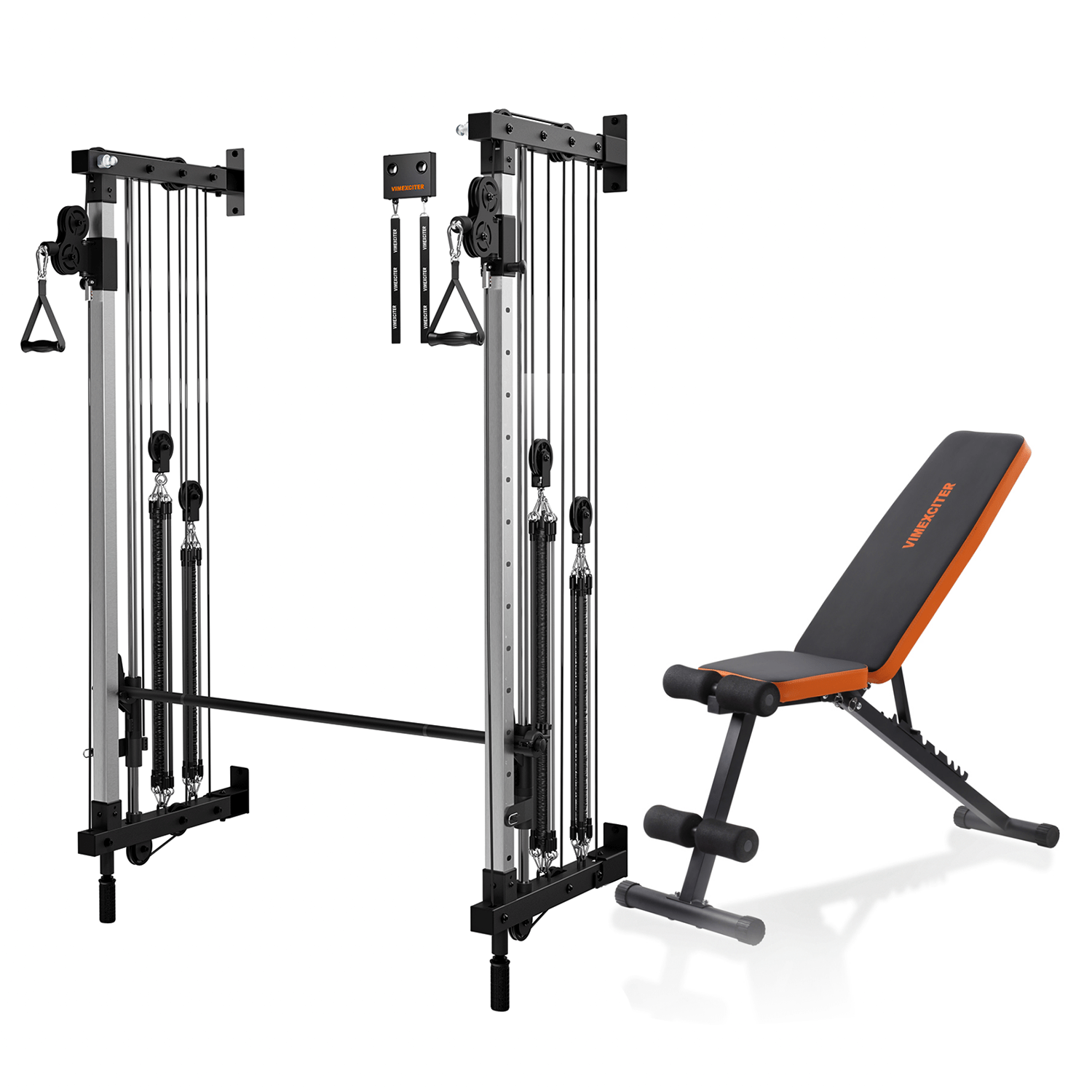
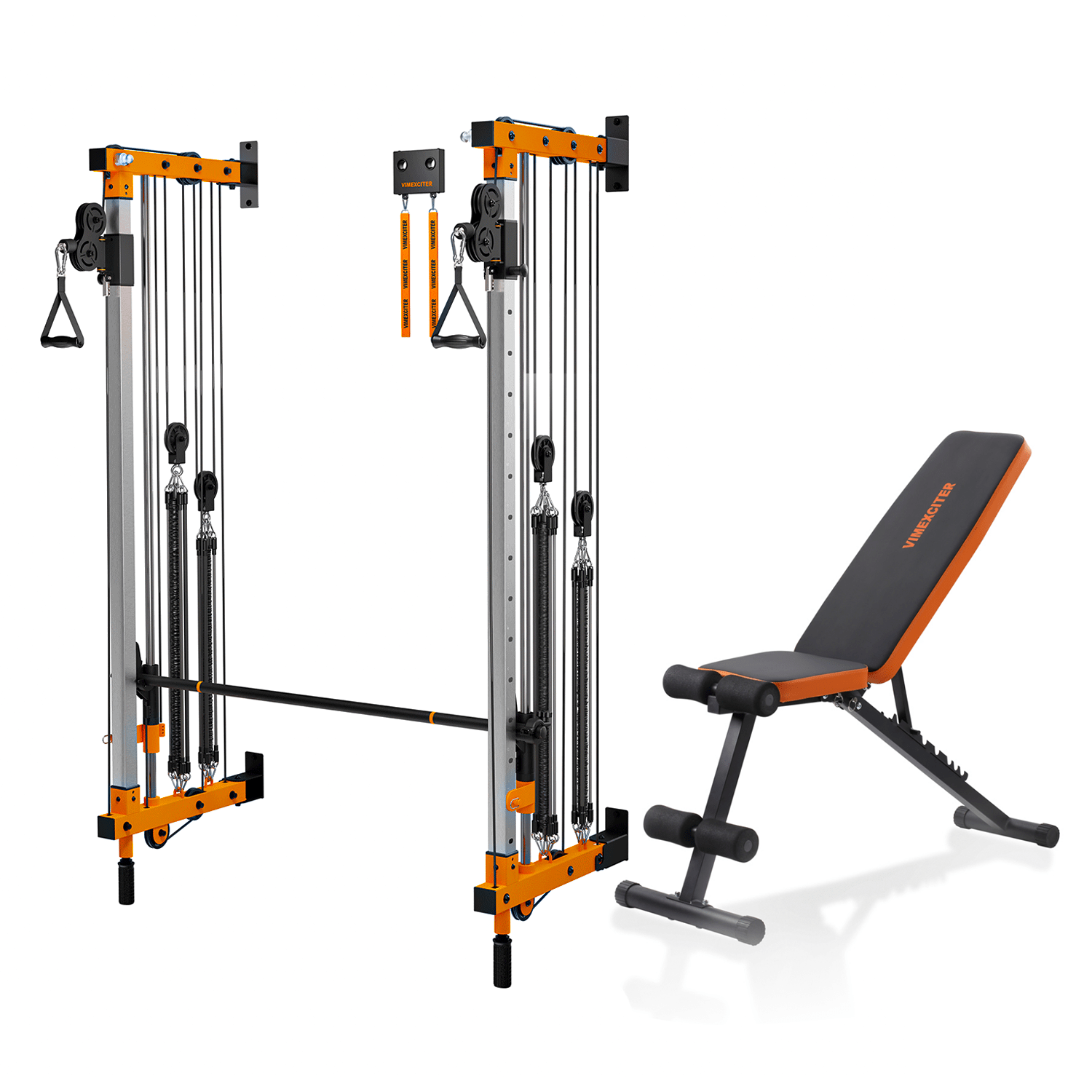
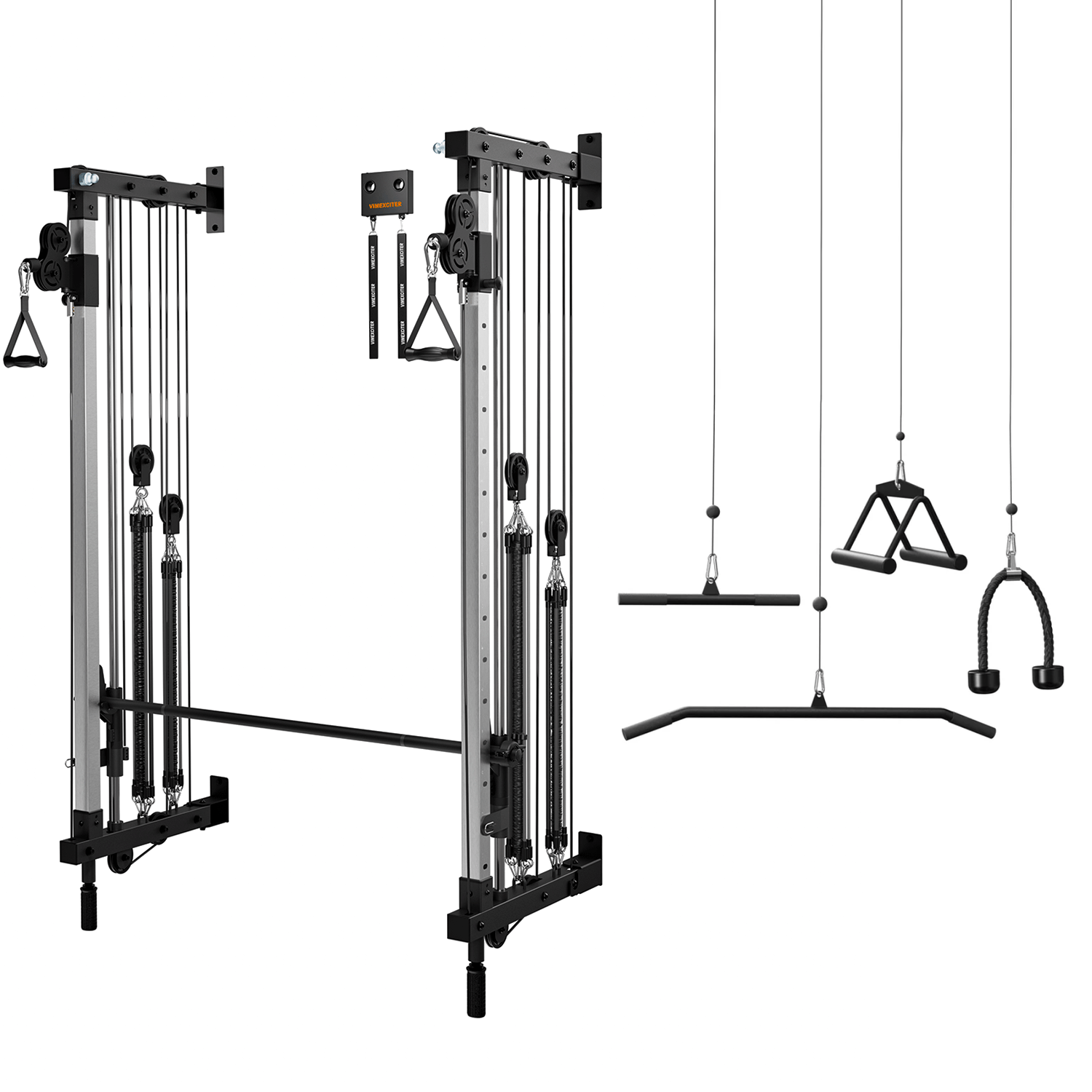
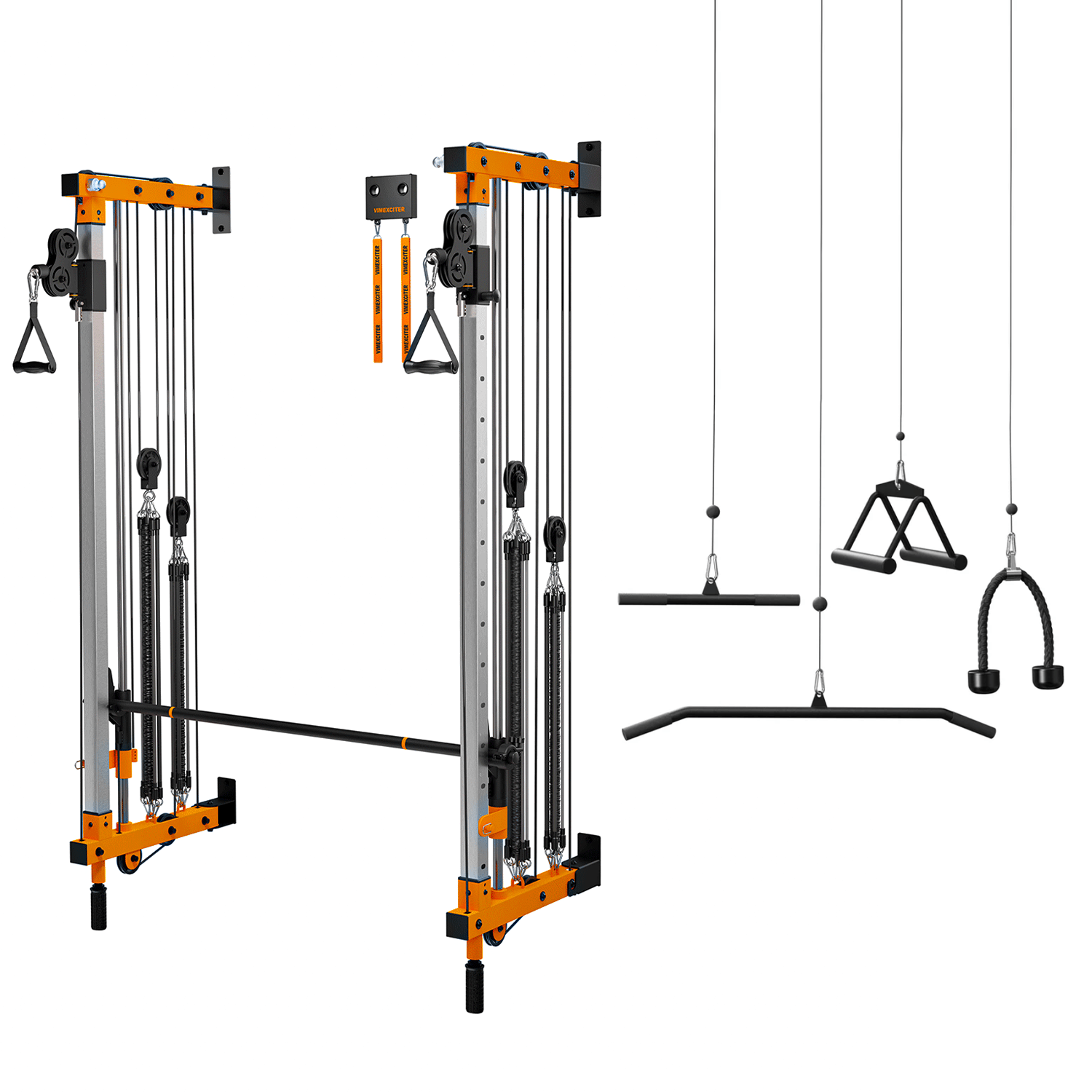
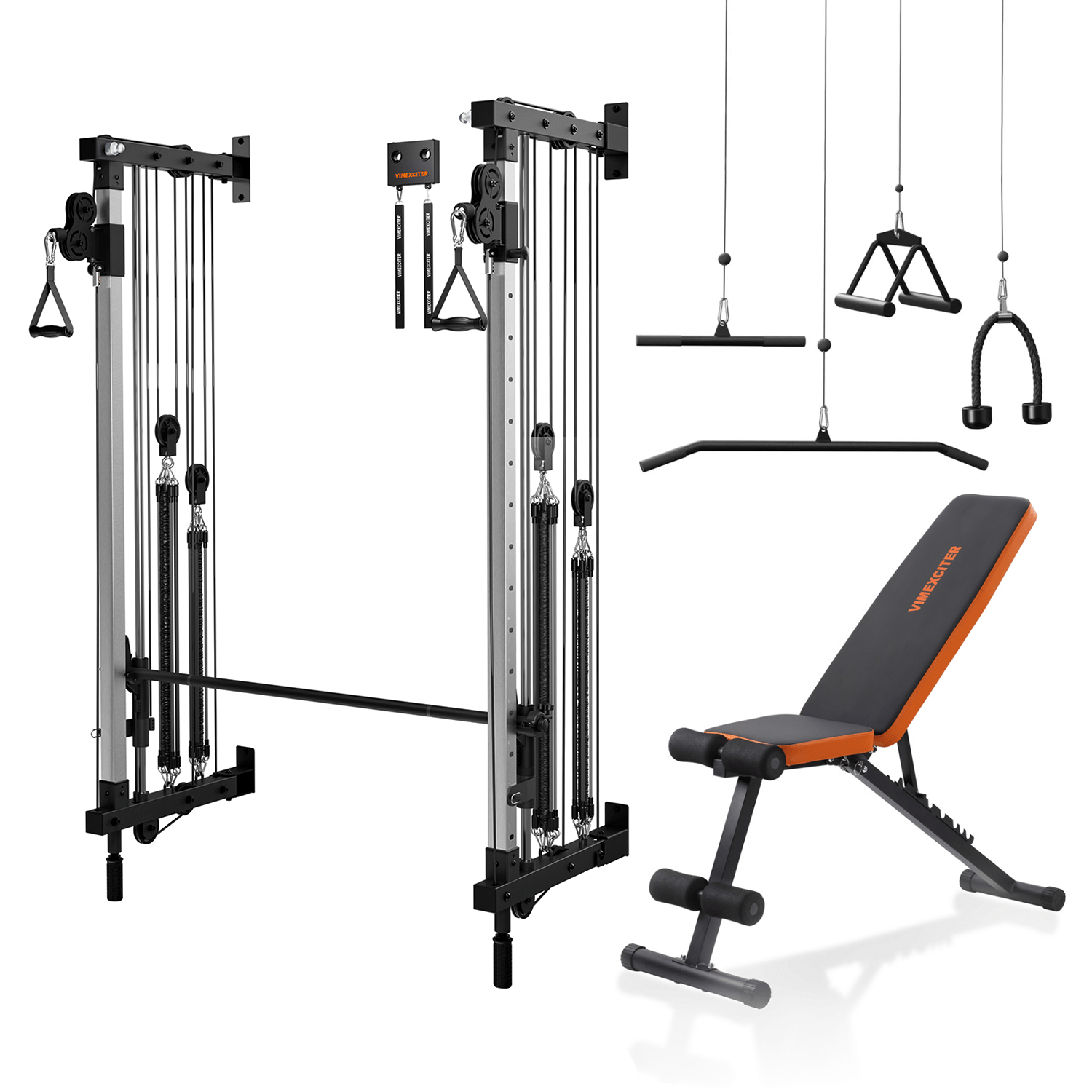
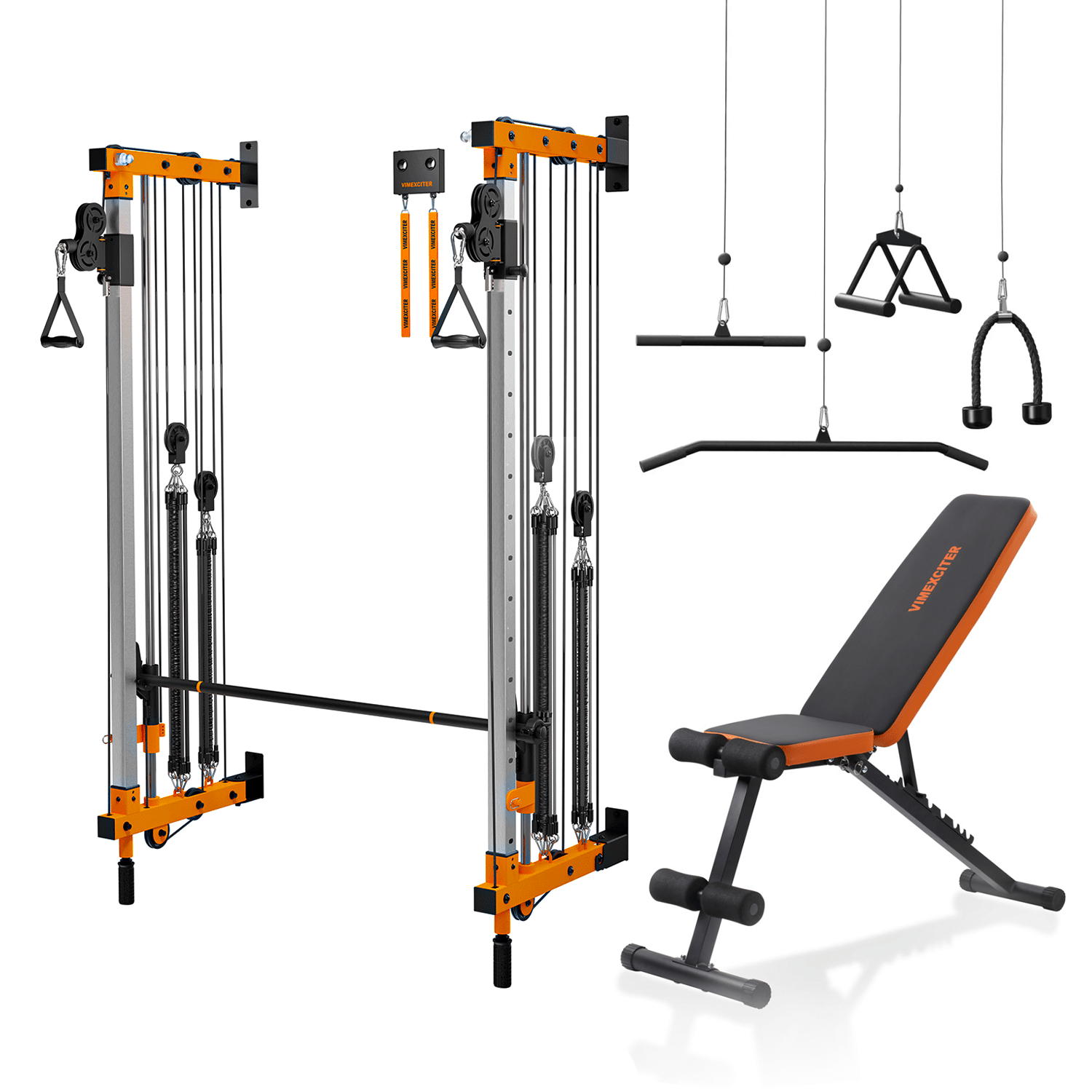
VIMEXCITER MF03 All-In-One Home Gym Wall-Mount Folding Smith Machine
- Smith System, Pulley System, Pull-up
- 9.65ft² Folded, 2.93ft² Unfolded
- 370LBS Resistance Included
- 16 Adjustable Levels for Smith System
- Supports Up to 3 Users Simultaneously
- 2:1 Pulley Ratio


All-In-One for Daily Gains
Multi-function. Space-saving. Built for full-body training at home—whenever it fits your day.

Designed for Functional Training
It’s about moving better in life, work, and sport—not just building muscle.

Safer Reps for Smarter Recovery
Recover smarter—The resistance during the training process is variable to adapt to your body, reduce joint pressure, and improve control.

Safe Training for Every Stage
Push your limits at home—four layers of protection make heavy training safer for beginners, pros, and every age in between.
Truly Designed for Home Gyms
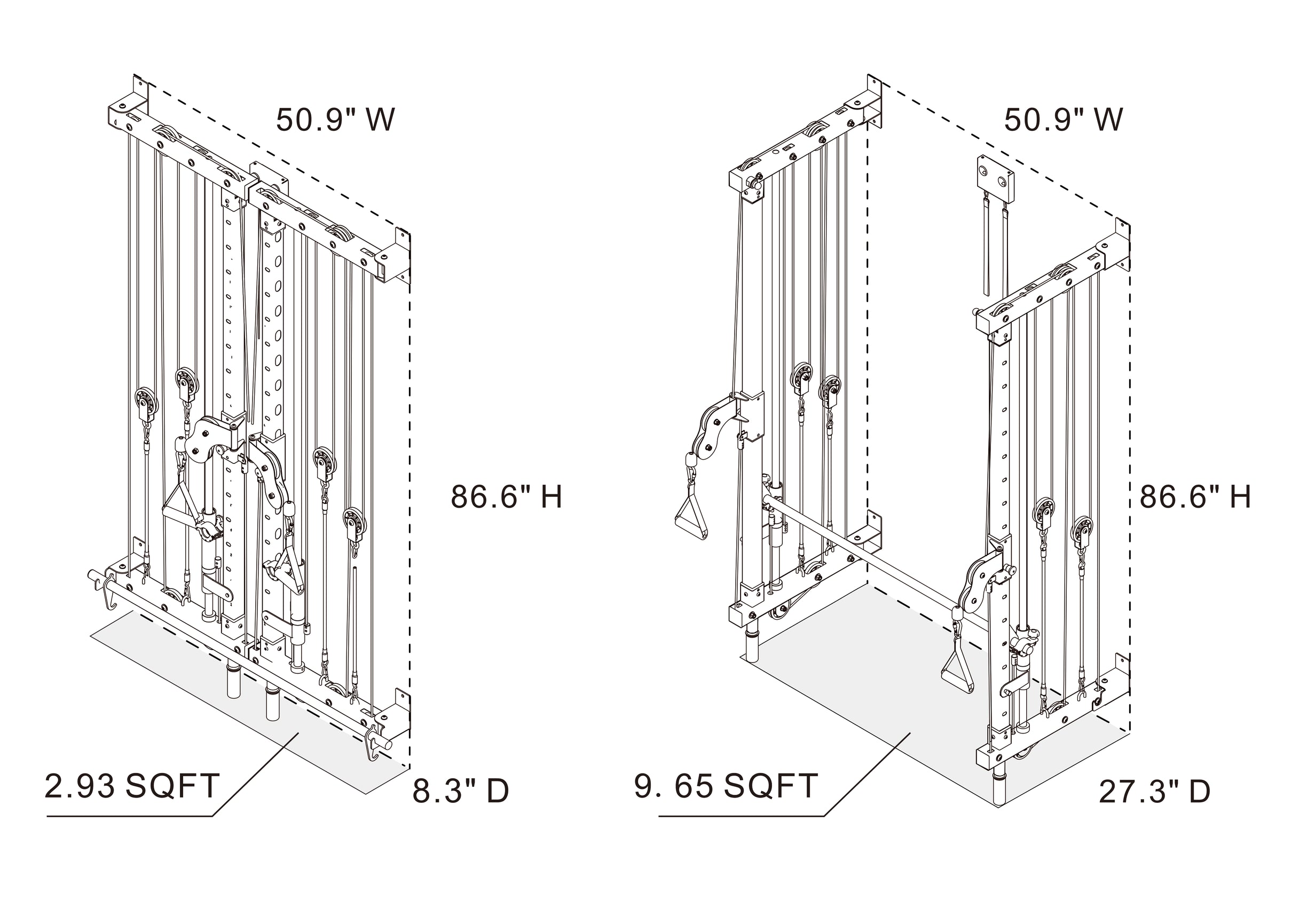
50.9″W x 8.3″D x 86.6″H
50.9″W x 27.3″D x 86.6″H
132 LBS
2:1
440 LBS (Two Sides)
220 LBS (Single Side)
FAQ
What is the weight capacity of the pulley and Smith machine?
220lbs for single pulley. 440 lbs for smith
What exercises can I do on the MF03?
You can perform a wide variety of cable exercises, such as the following, with many more options available:
Upper Body:Bench Press, Chest Fly, Chest Press, Bicep Curl, Pull-ups.
Lower Body:Standing Leg Raise, Squats, Hip Thrusts, Deadlifts.
Back & Core:Seated Rows, Lat Pulldowns, Woodchops, Face Full.
Shoulder Work:Lateral Raises, Front Raises, Shoulder Rehab/Prehab exercises (e.g., external rotation using pulley).
With multiple attachment points, you can easily superset exercises for a full-body workout.
Does it come with weights?
Yes, it includes:
4 springs with a total resistance of 200 lbs
8 resistance bands with a total resistance of 170 lbs
Total resistance: 370 lbs
What are the wall requirements for installing the MF03?
Brick or cement walls: Use expansion bolts to anchor it directly.
Stud walls (non-brick/cement walls): You may need to find the position of stud and install it on the stud. Use M7 screws attached.
For extra reinforcement on stud walls: Attach stringers (more than 24 inch width) to the studs with bolts, then mount MF03 to the stringer.
How many packages are there in total for MF03?
Our MF03 features a pre-assembled design and comes in a single package.
How do I install the MF03?
The MF03 comes pre-assembled—just mount it to the wall. Installation is quick and can be done with one or two people. A detailed manual is included, and we also provide an installation guide video for easy reference. https://www.youtube.com/watch?v=_F9NPvSNAHo
Can I use bumper plates?
For now, the MF03 does not support bumper plates. We use variable resistance instead.
